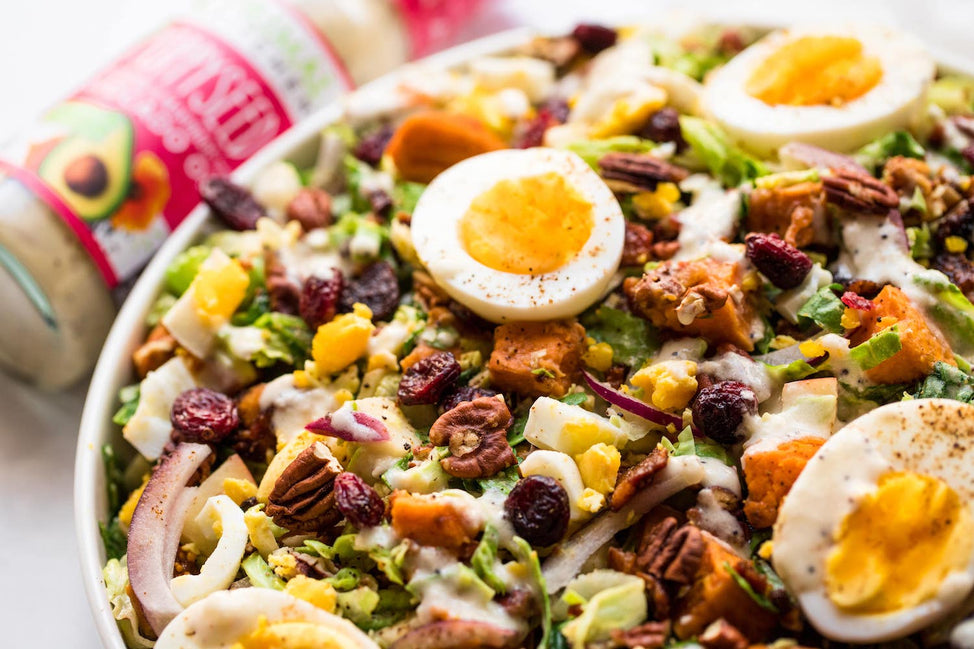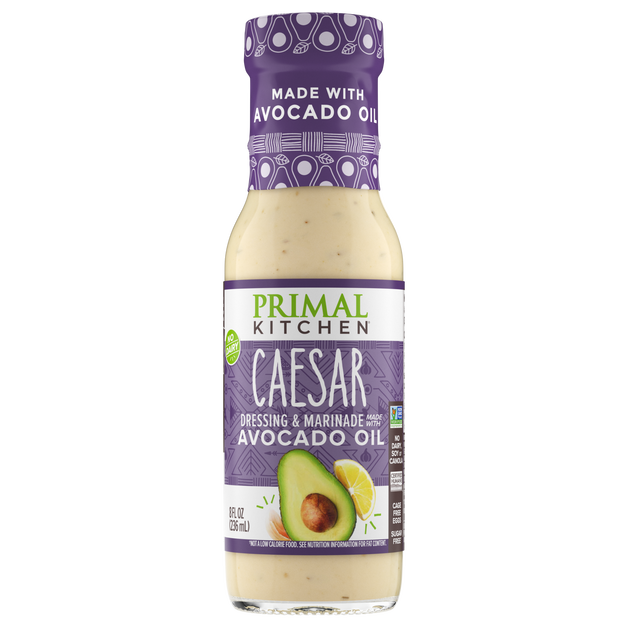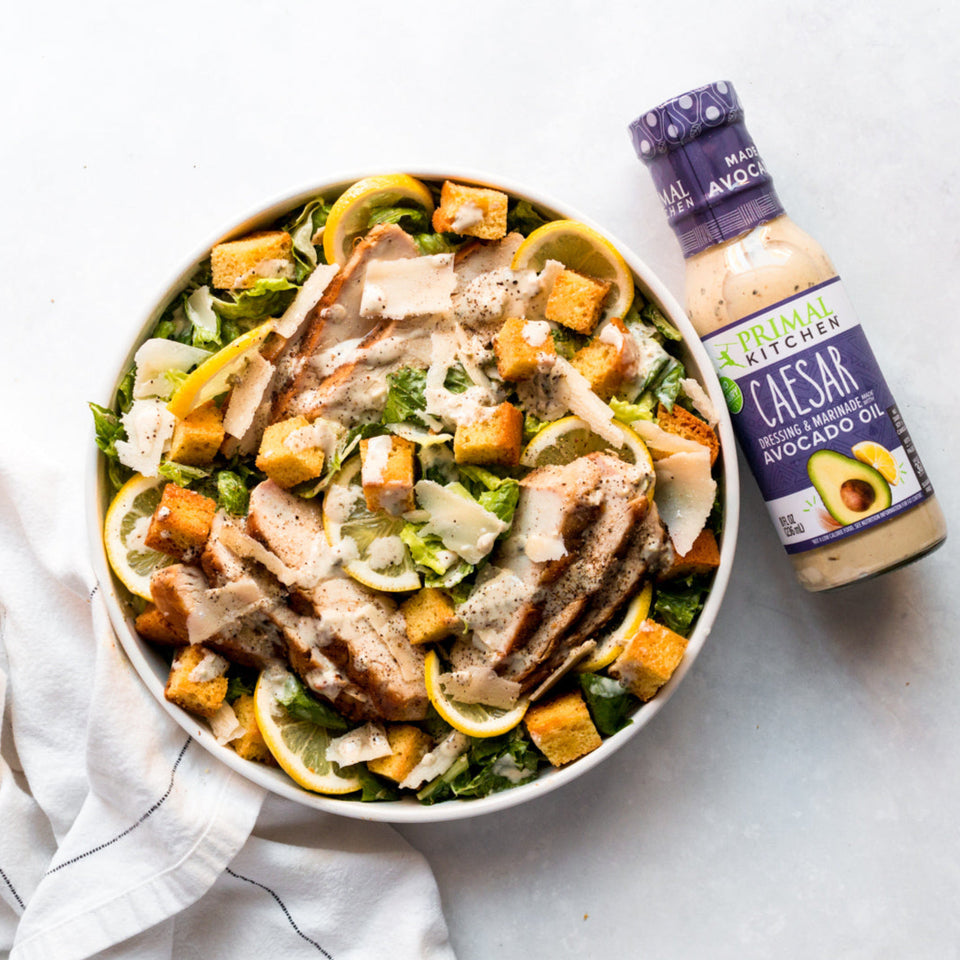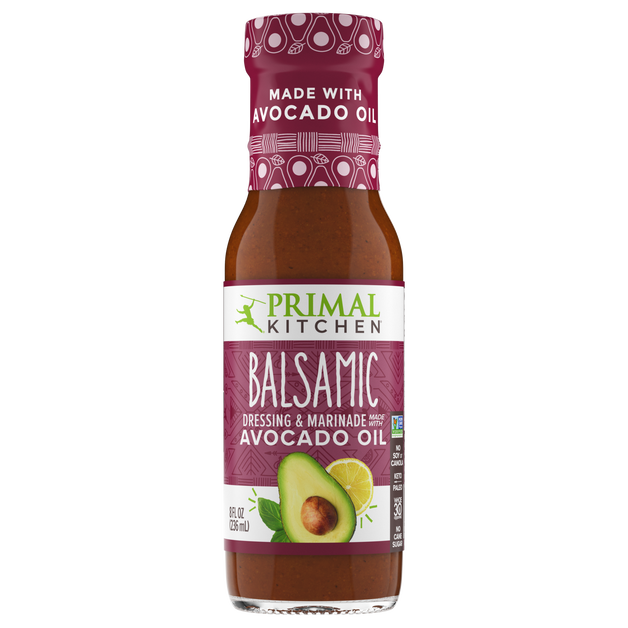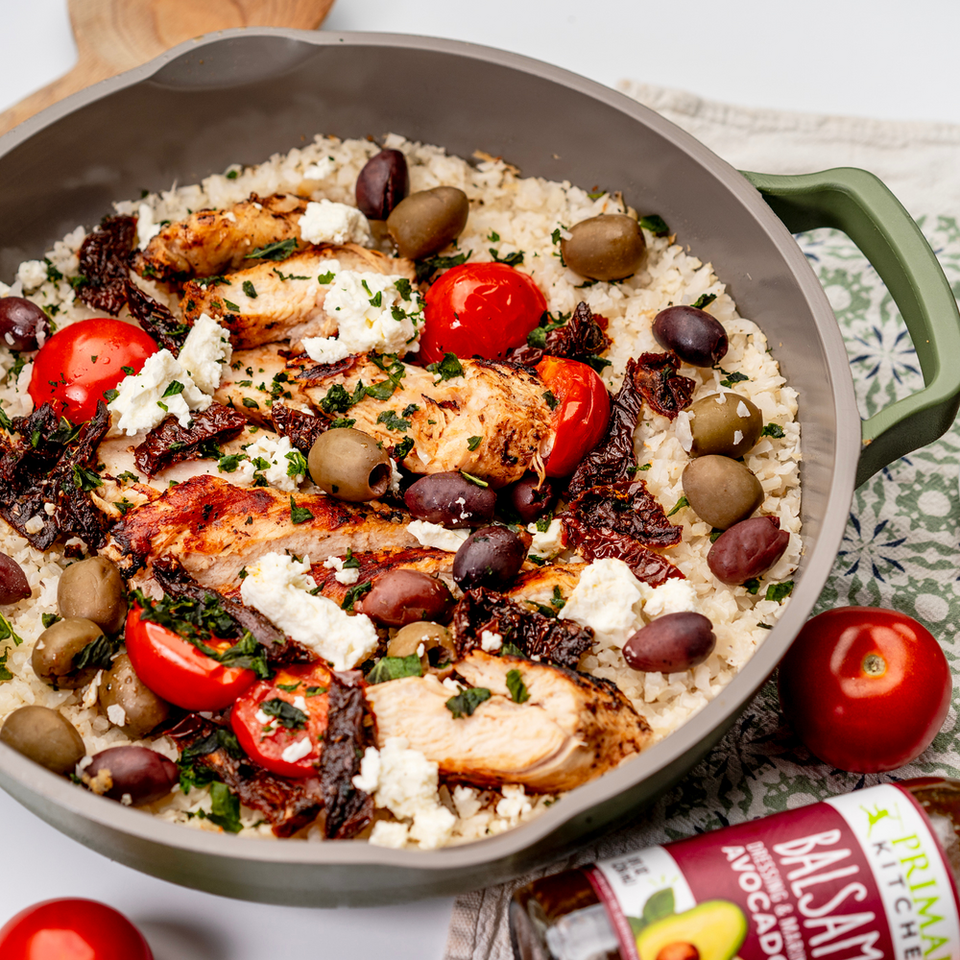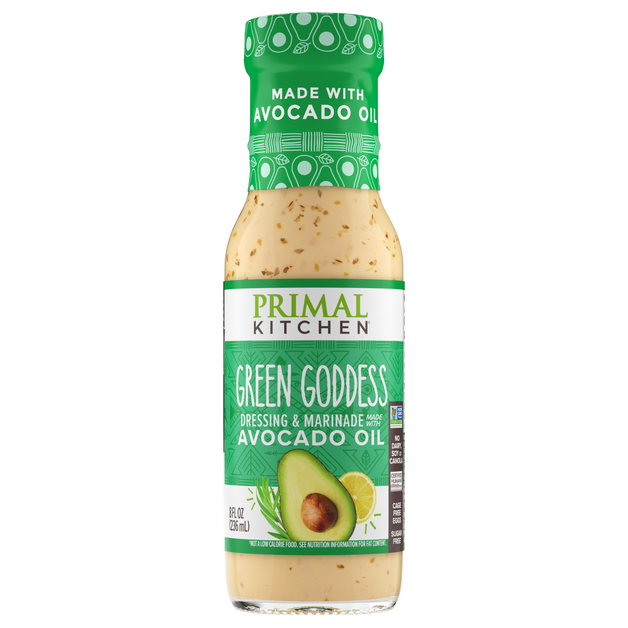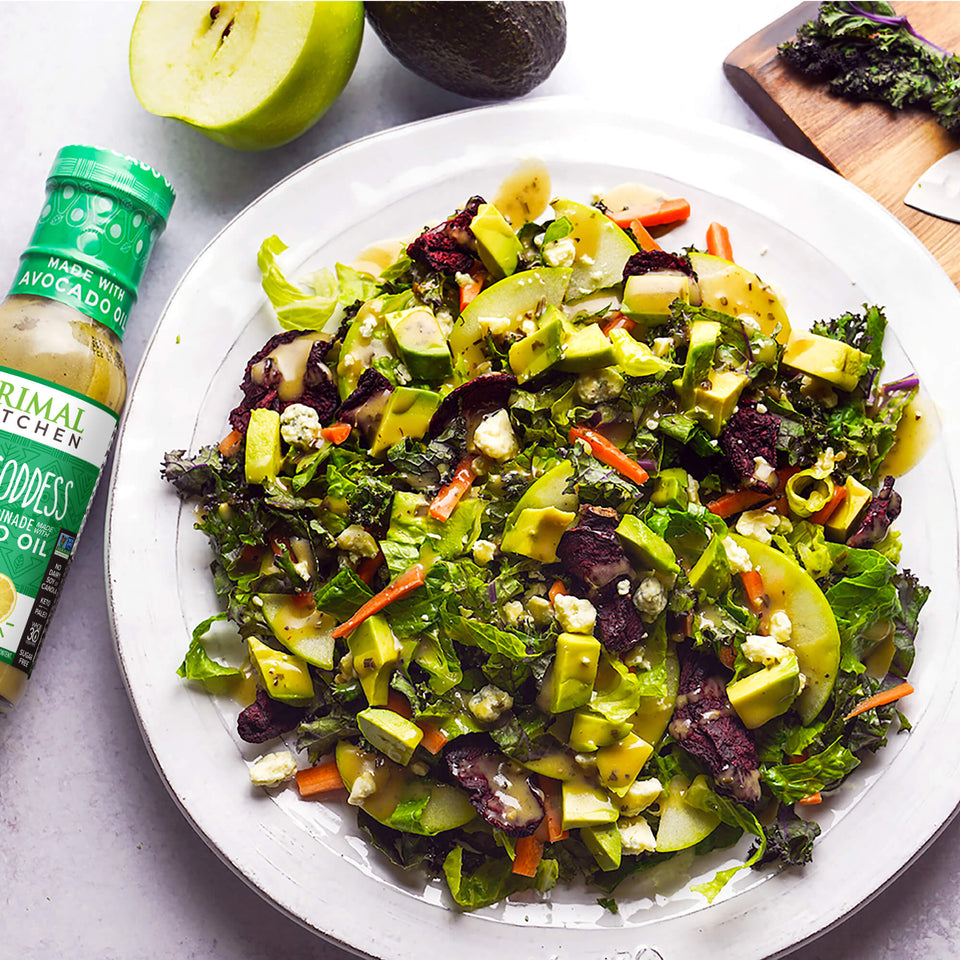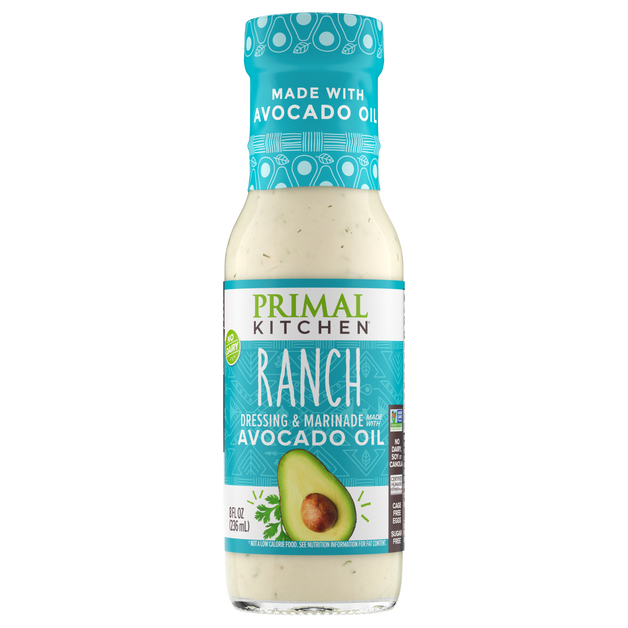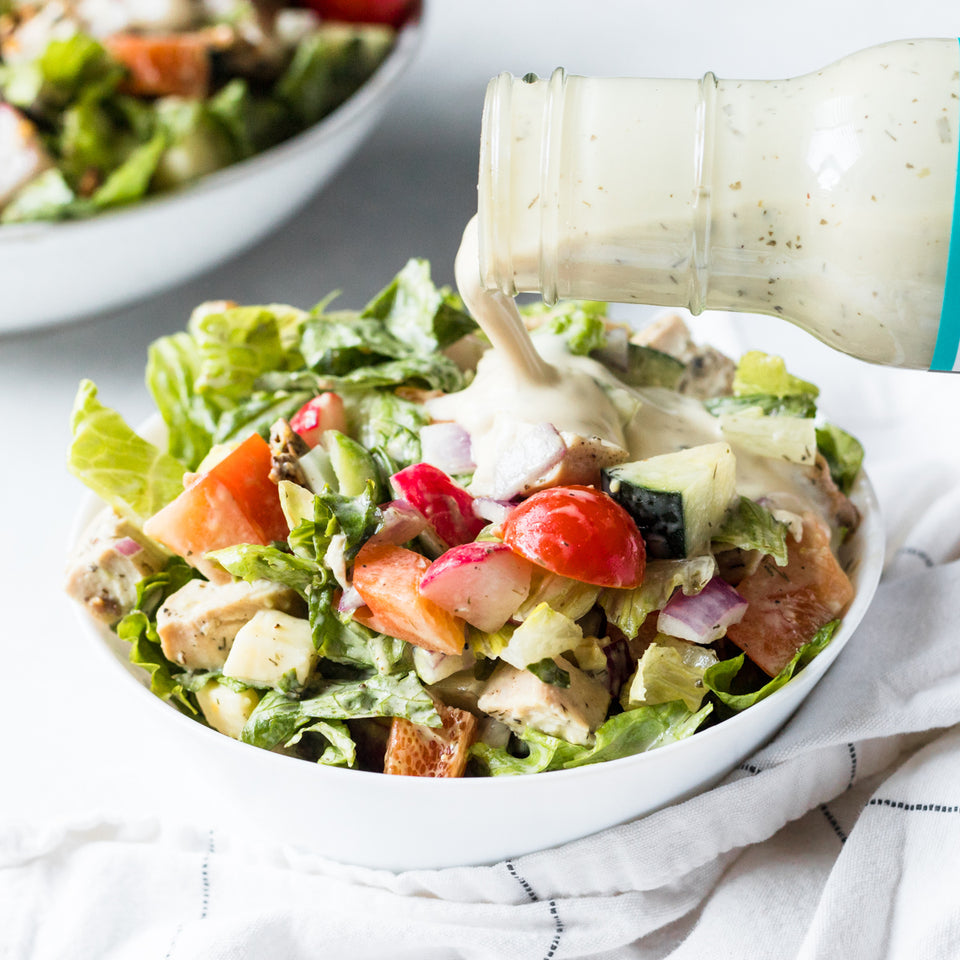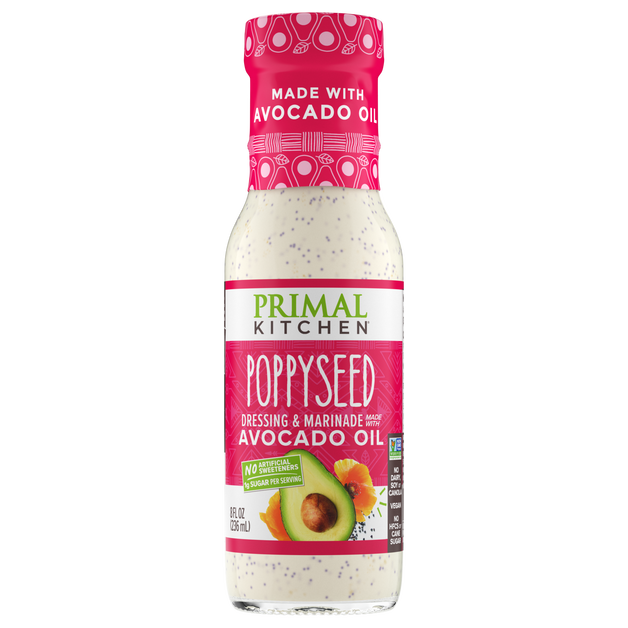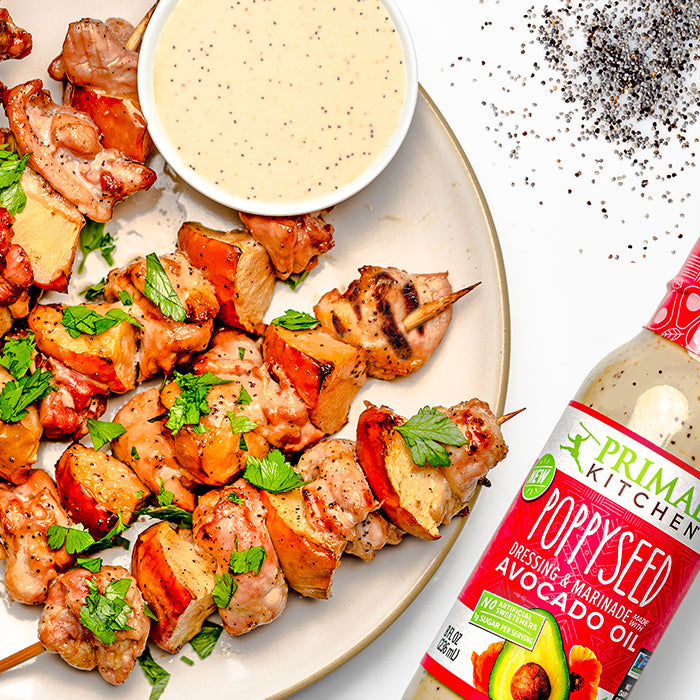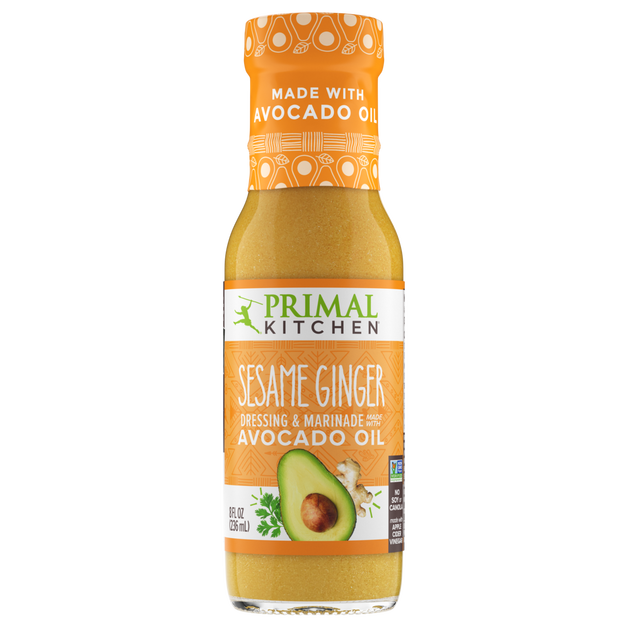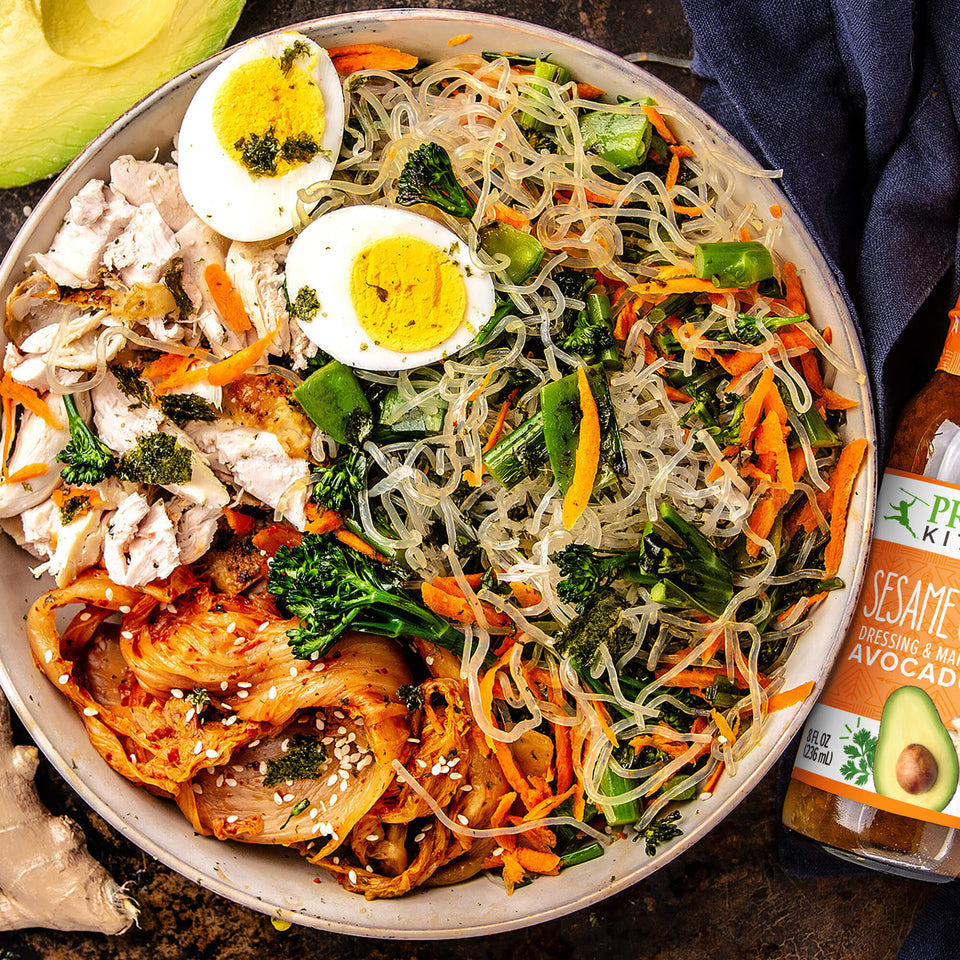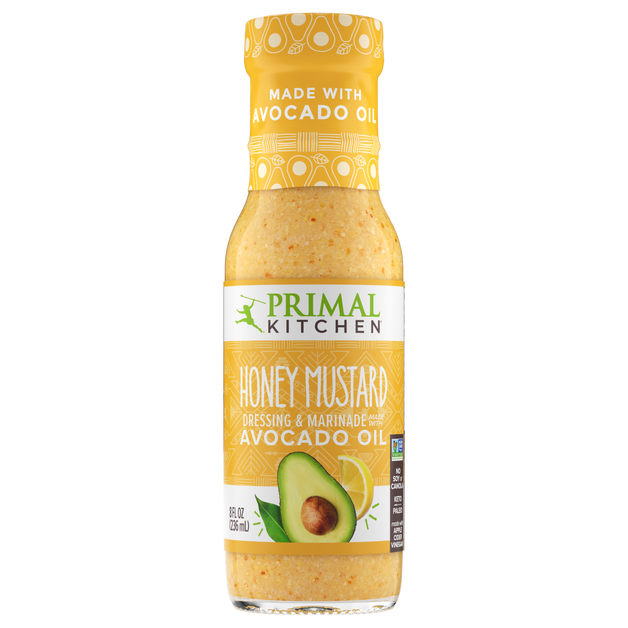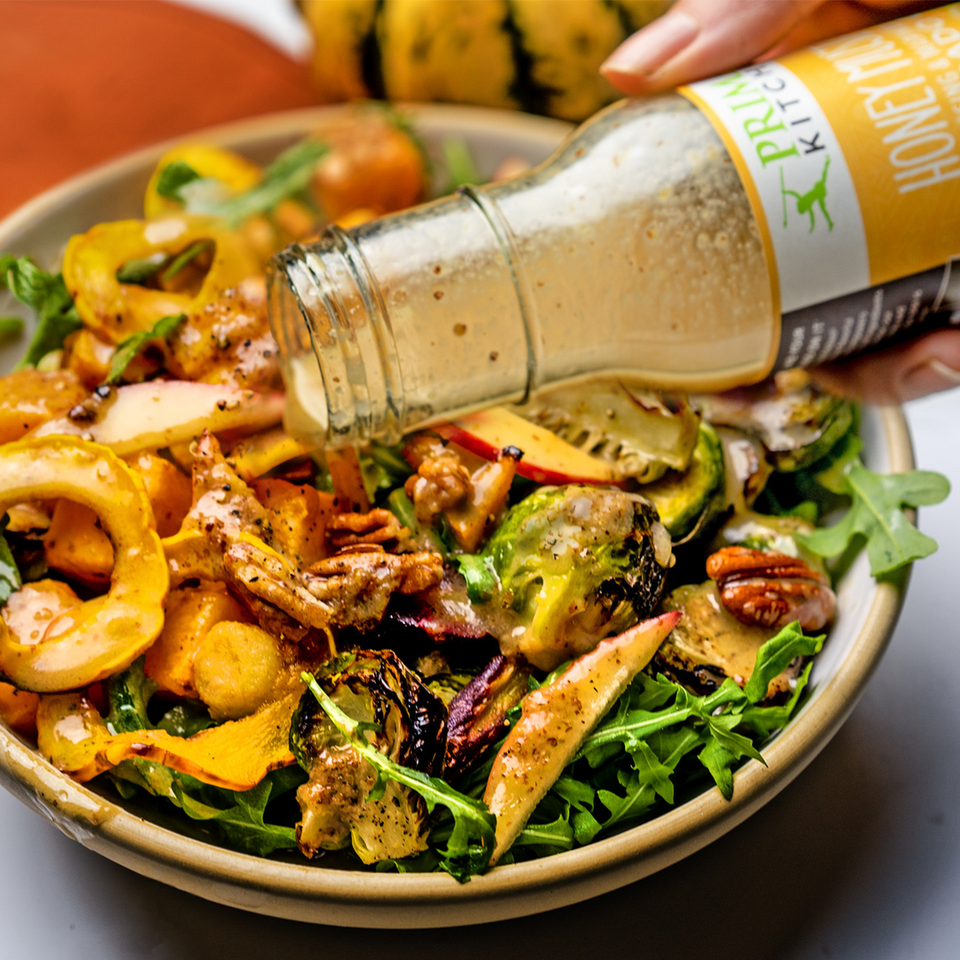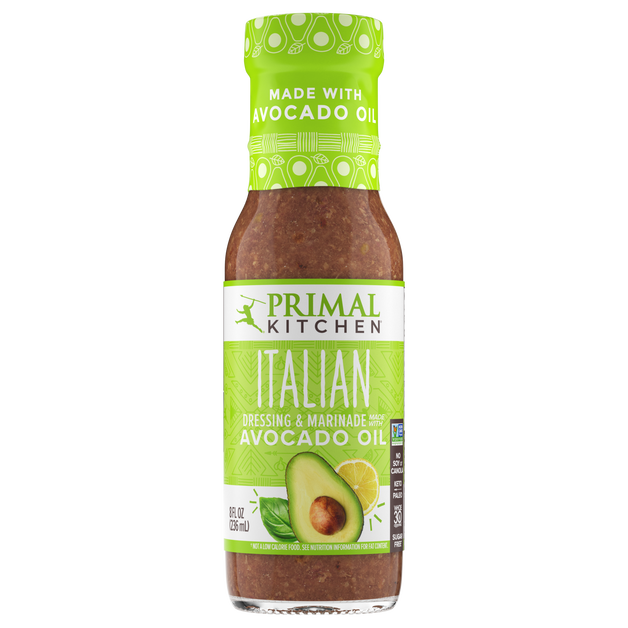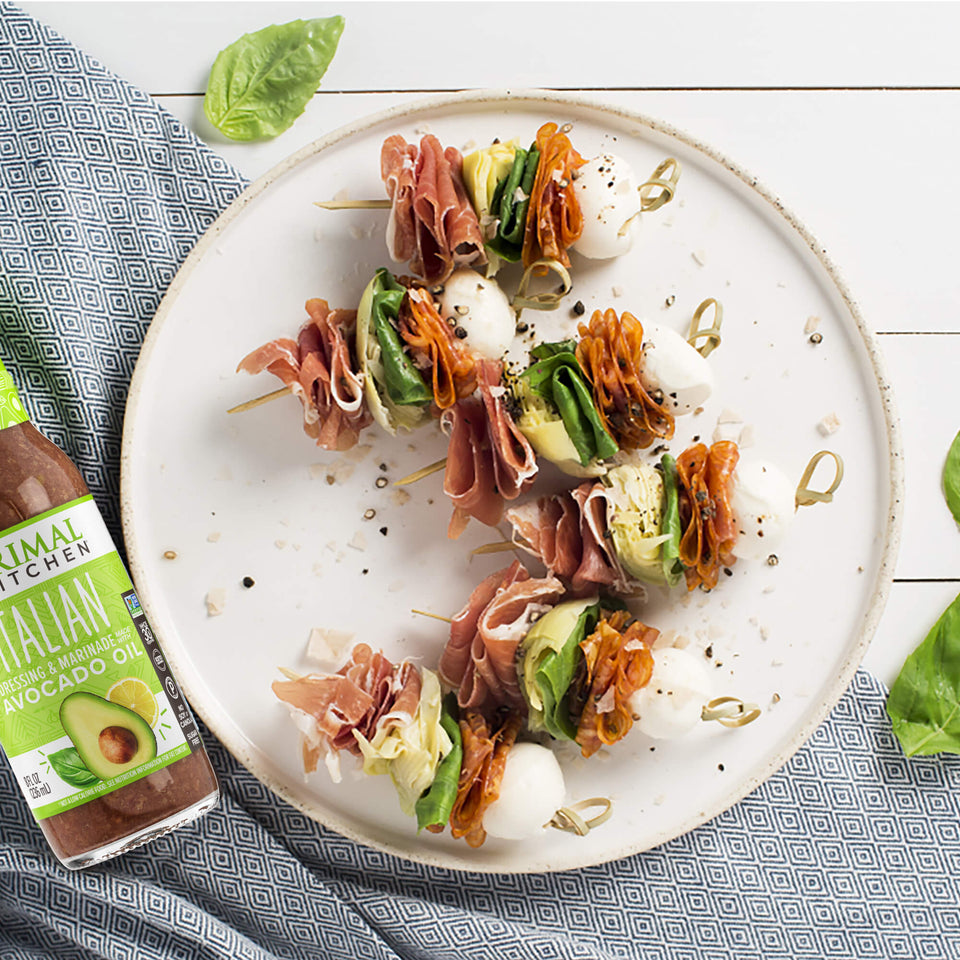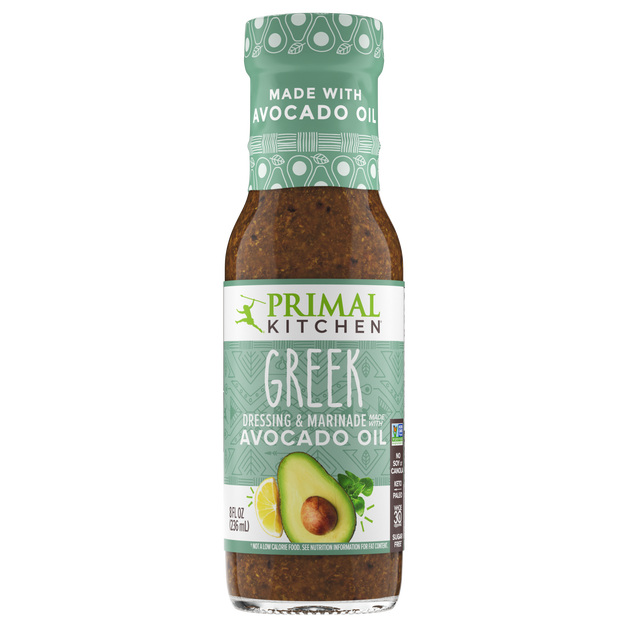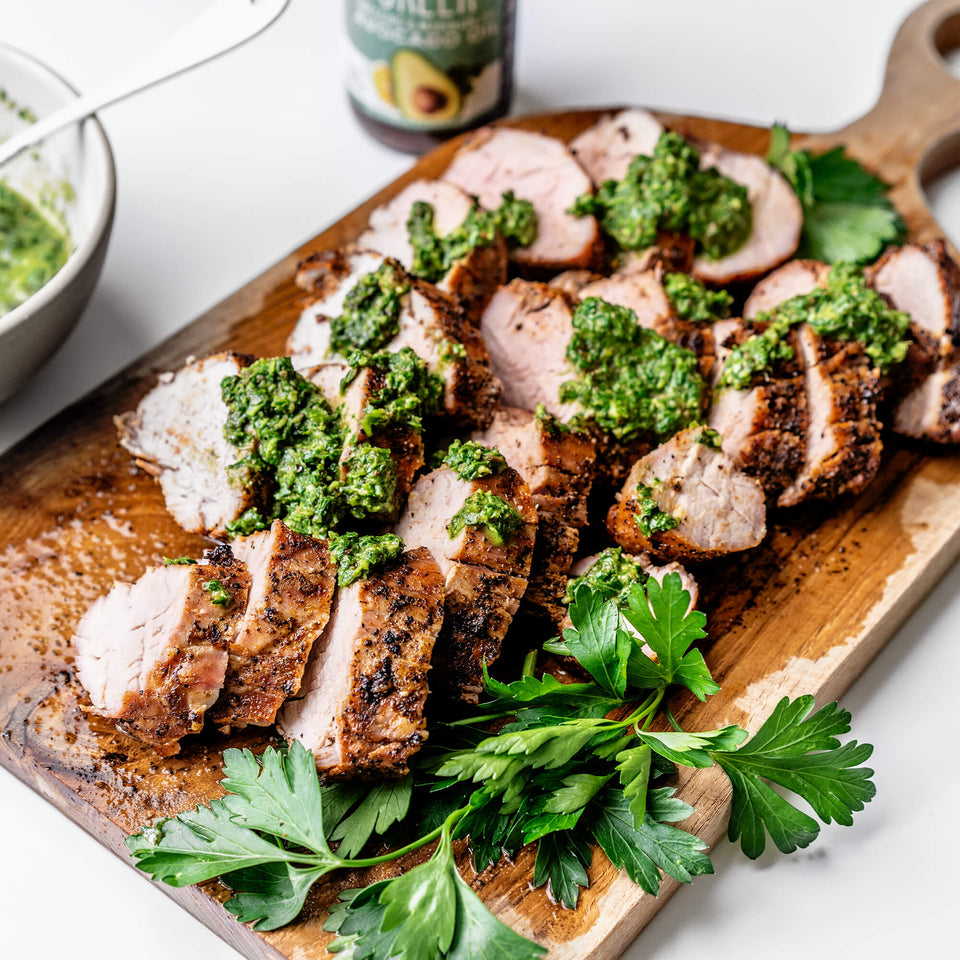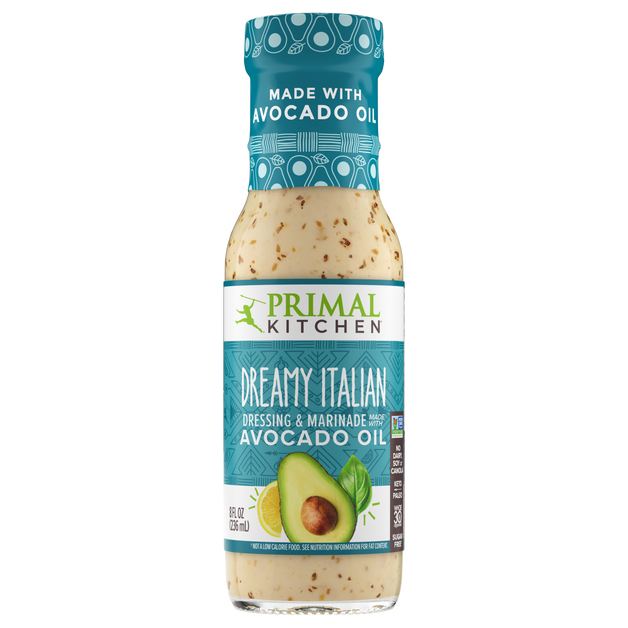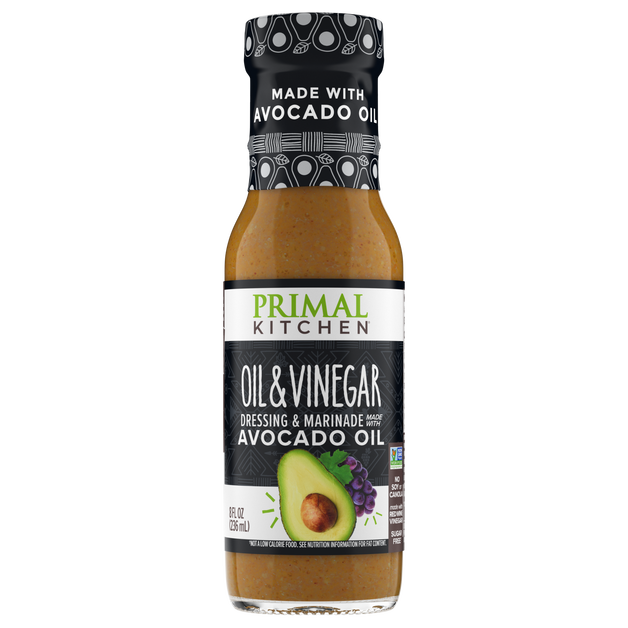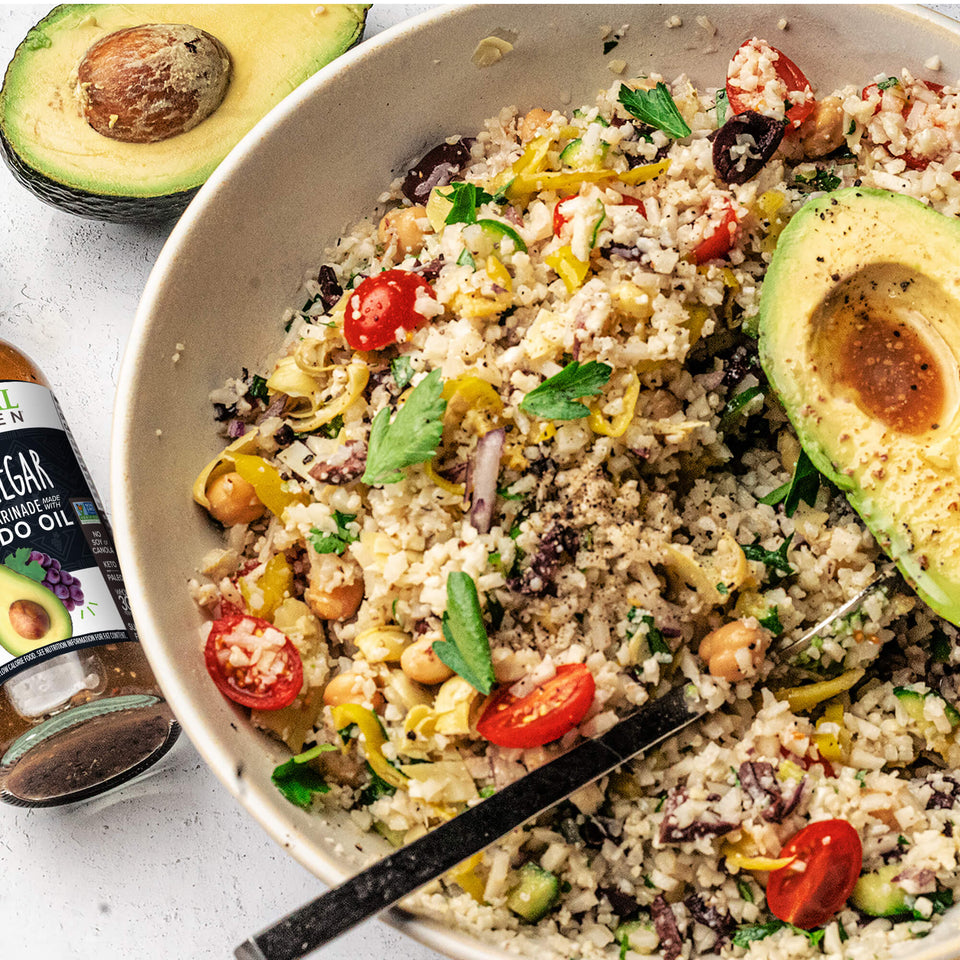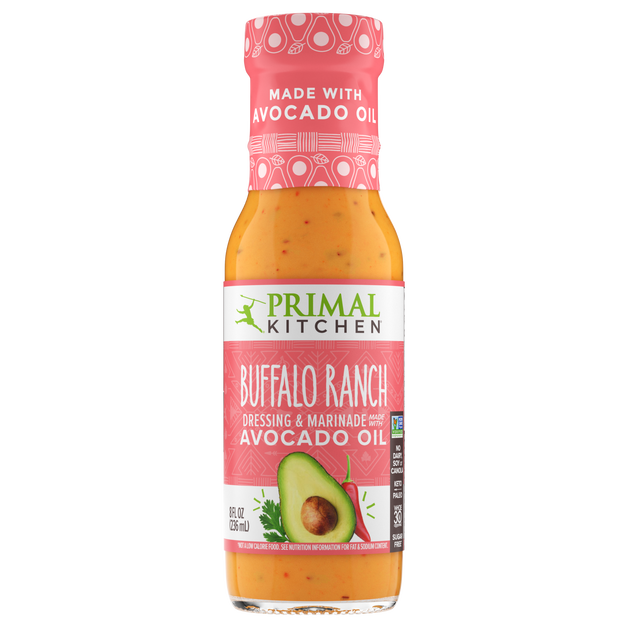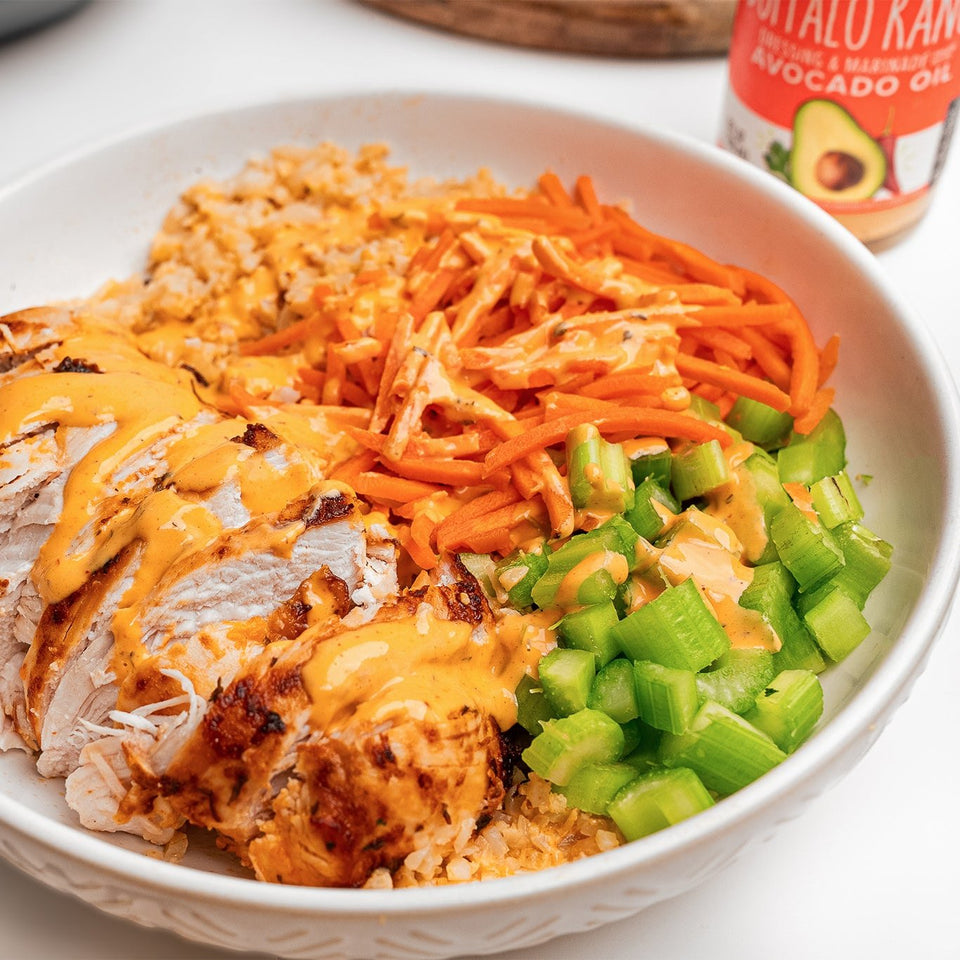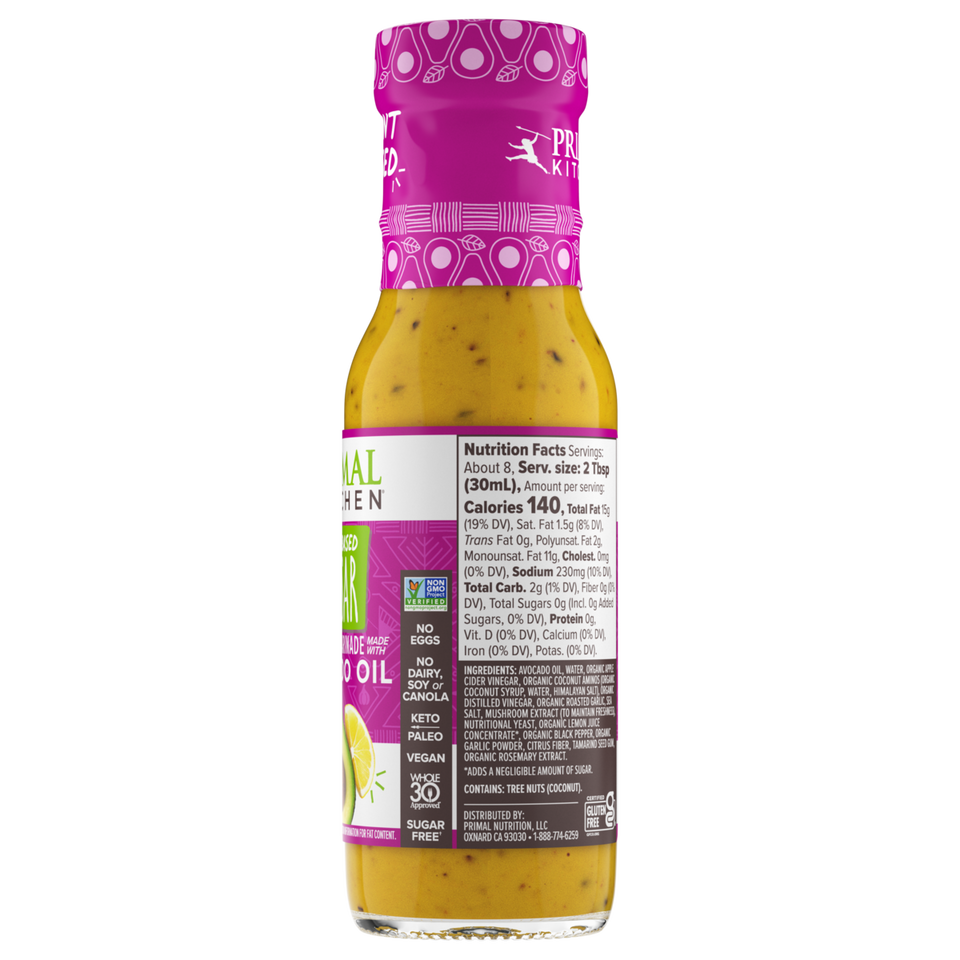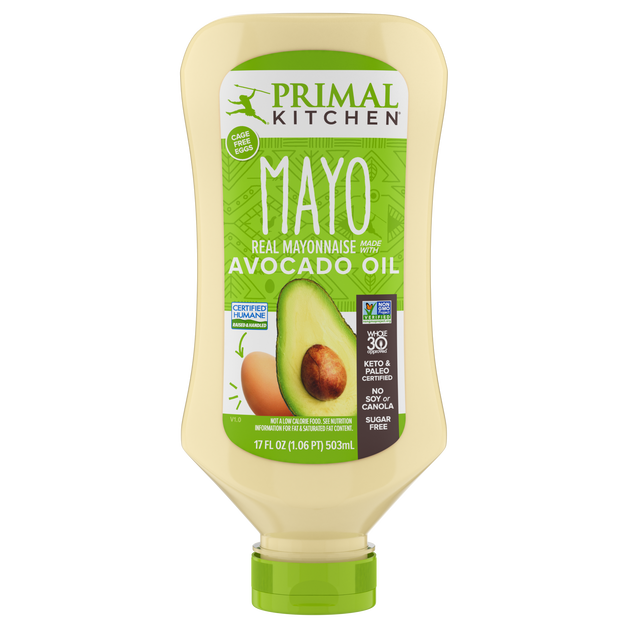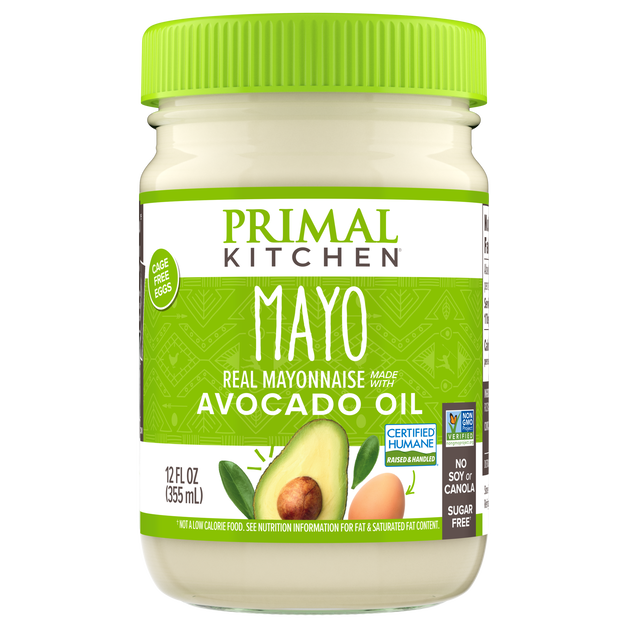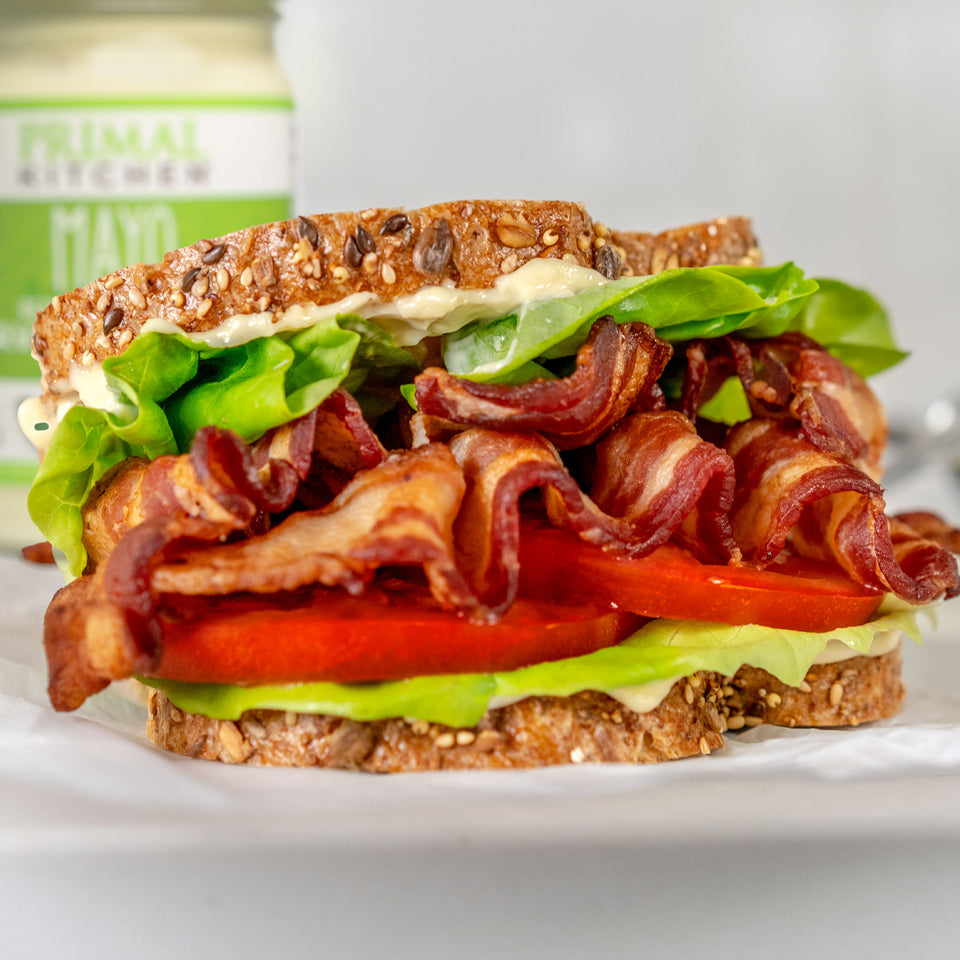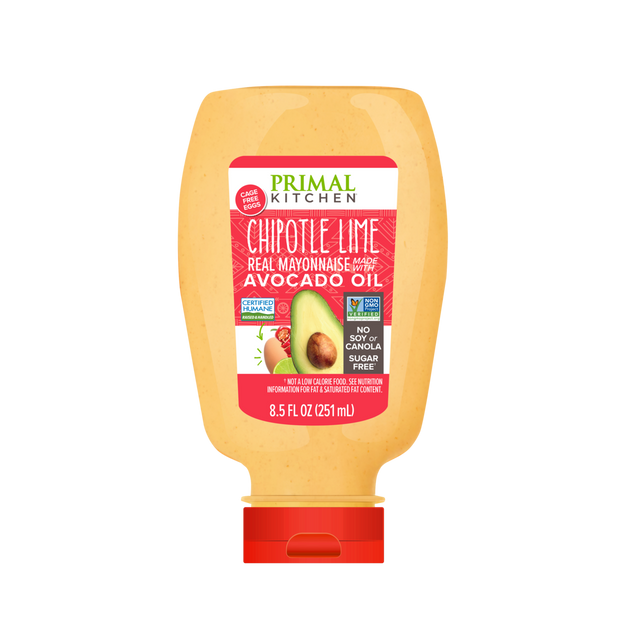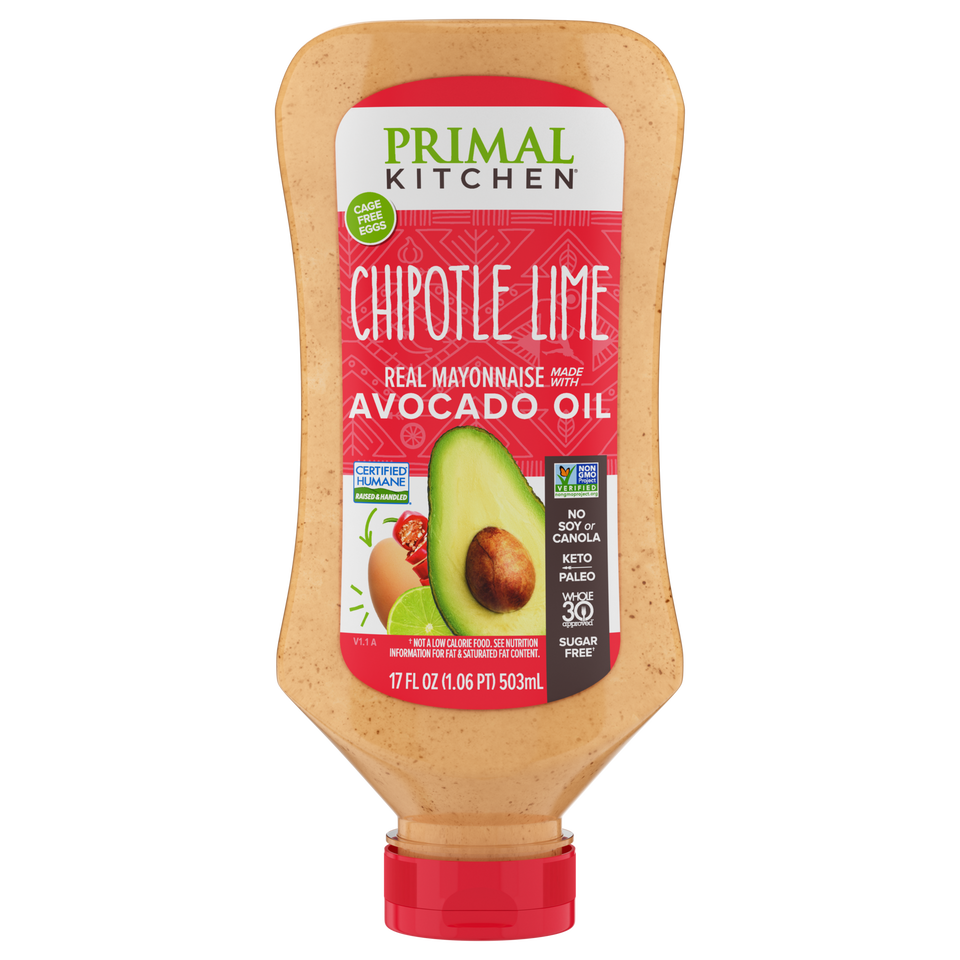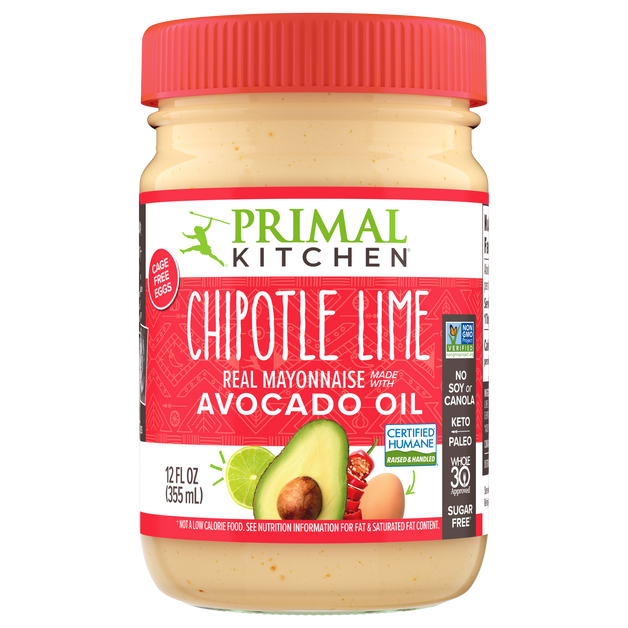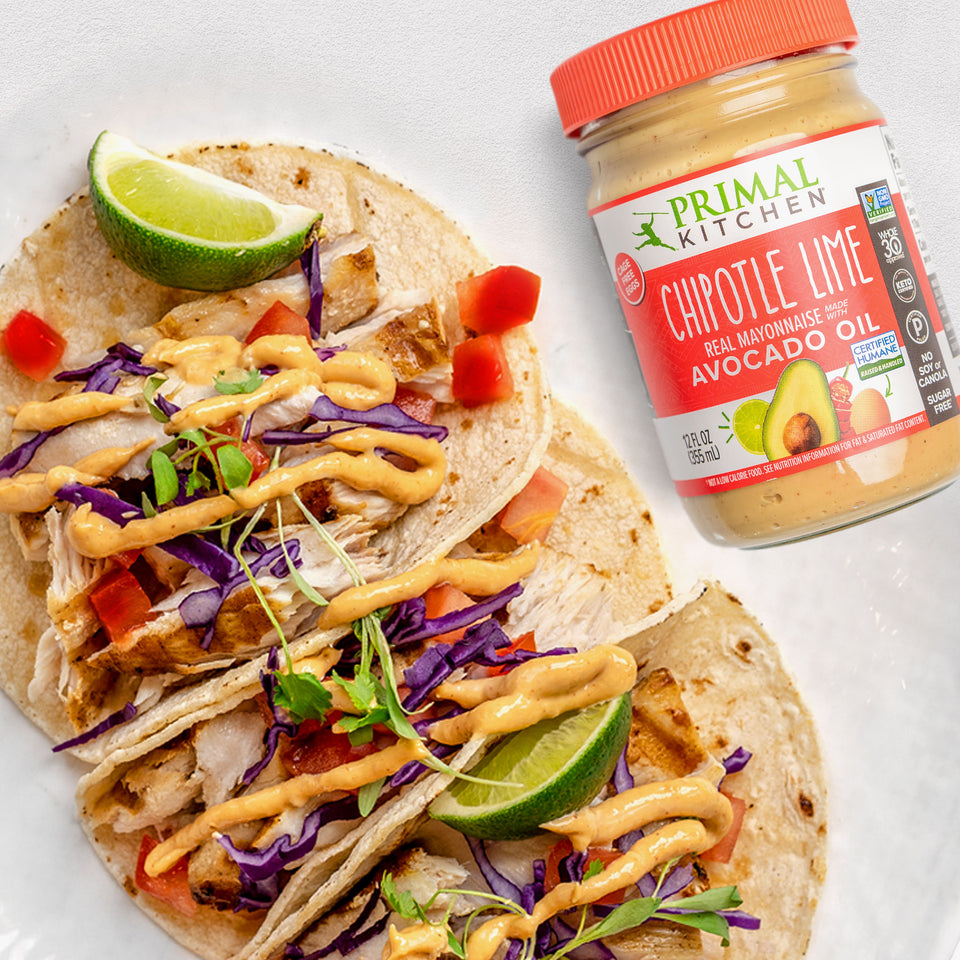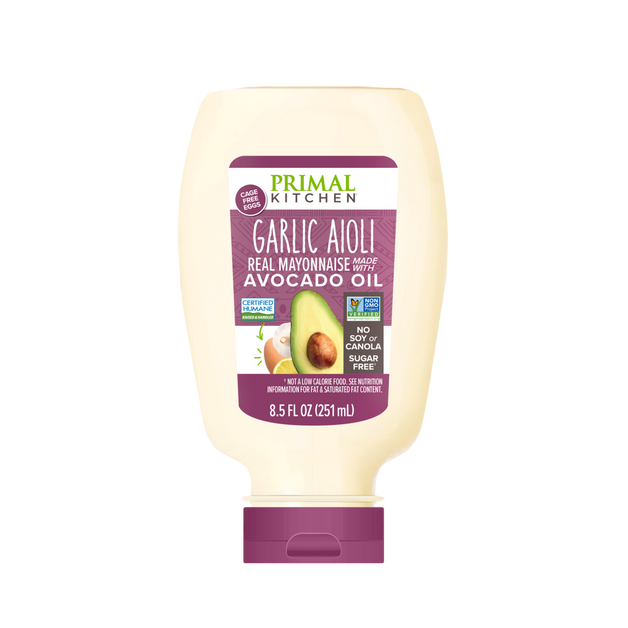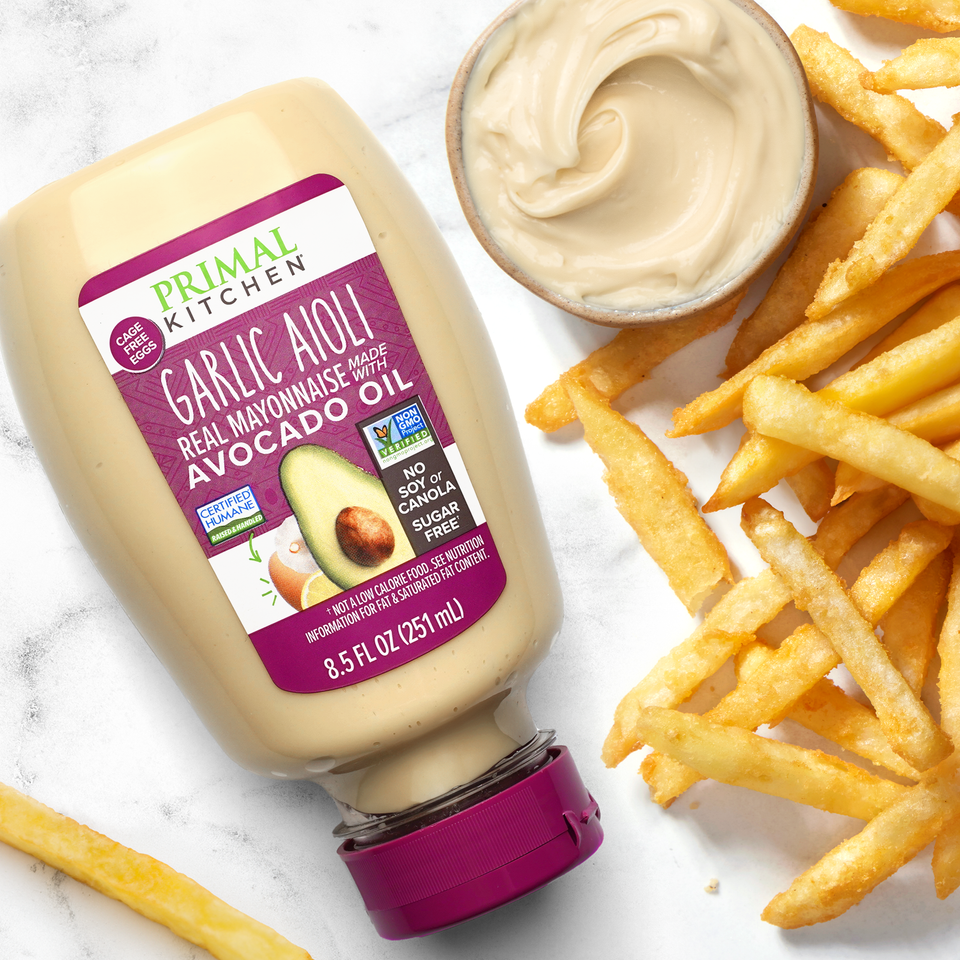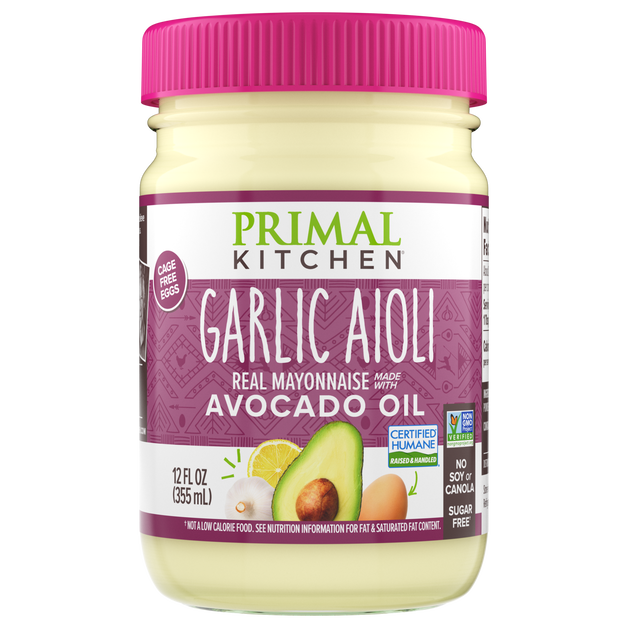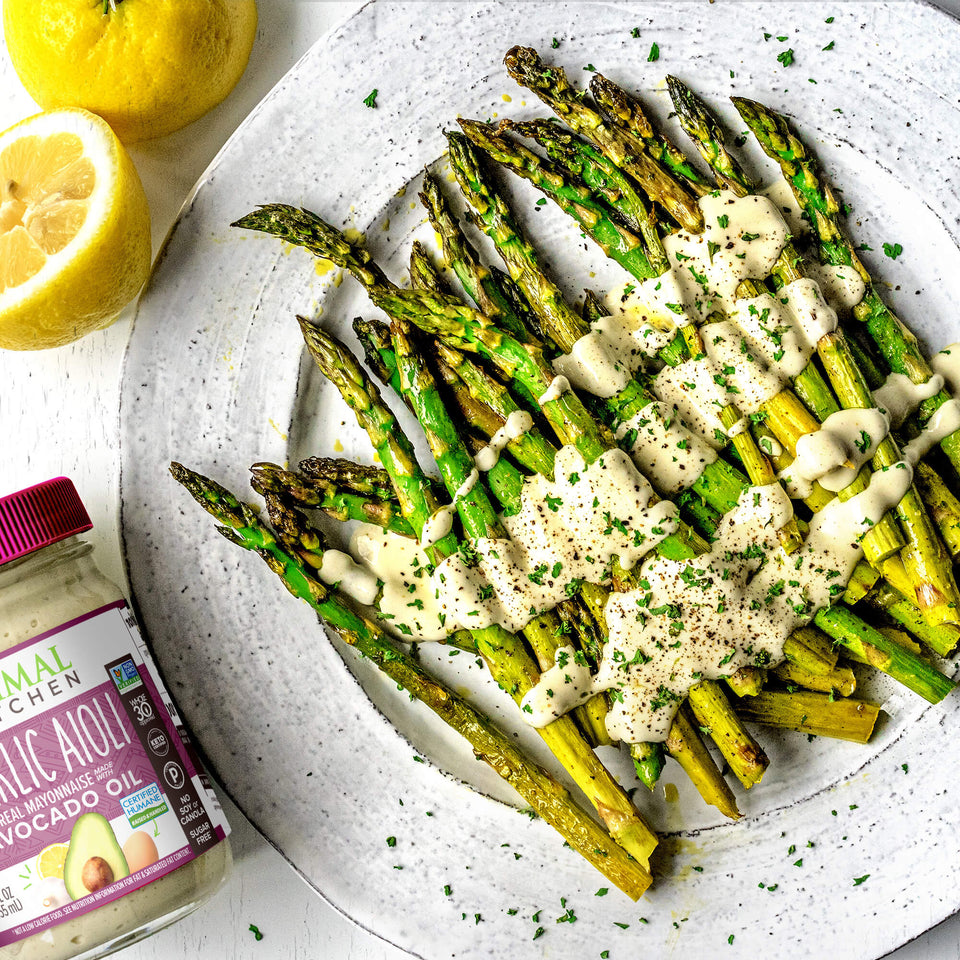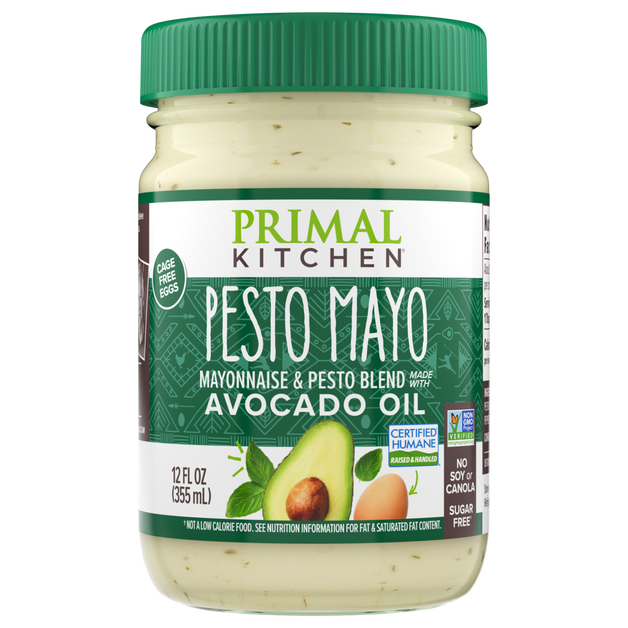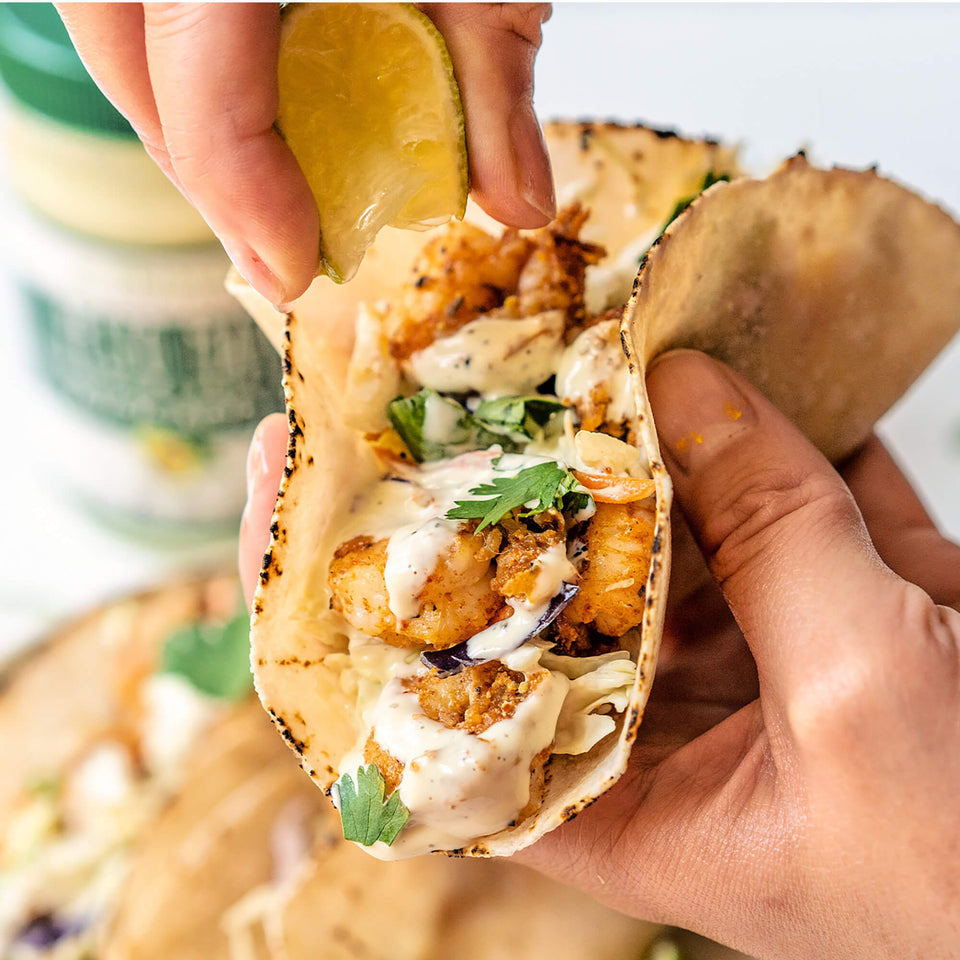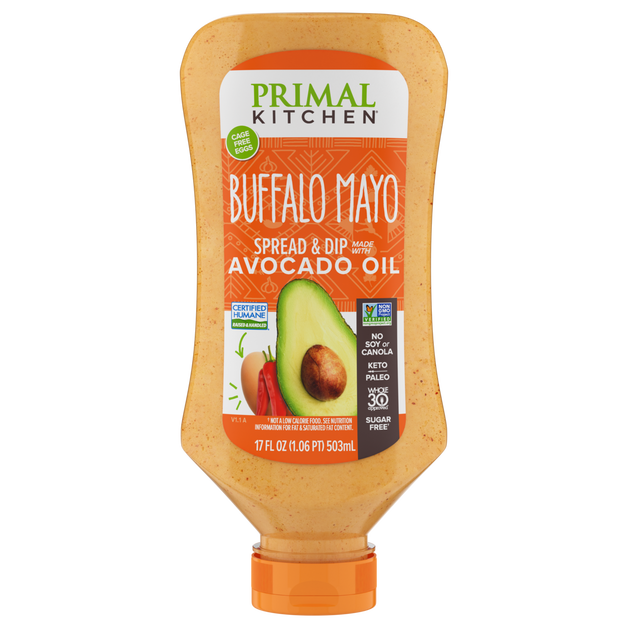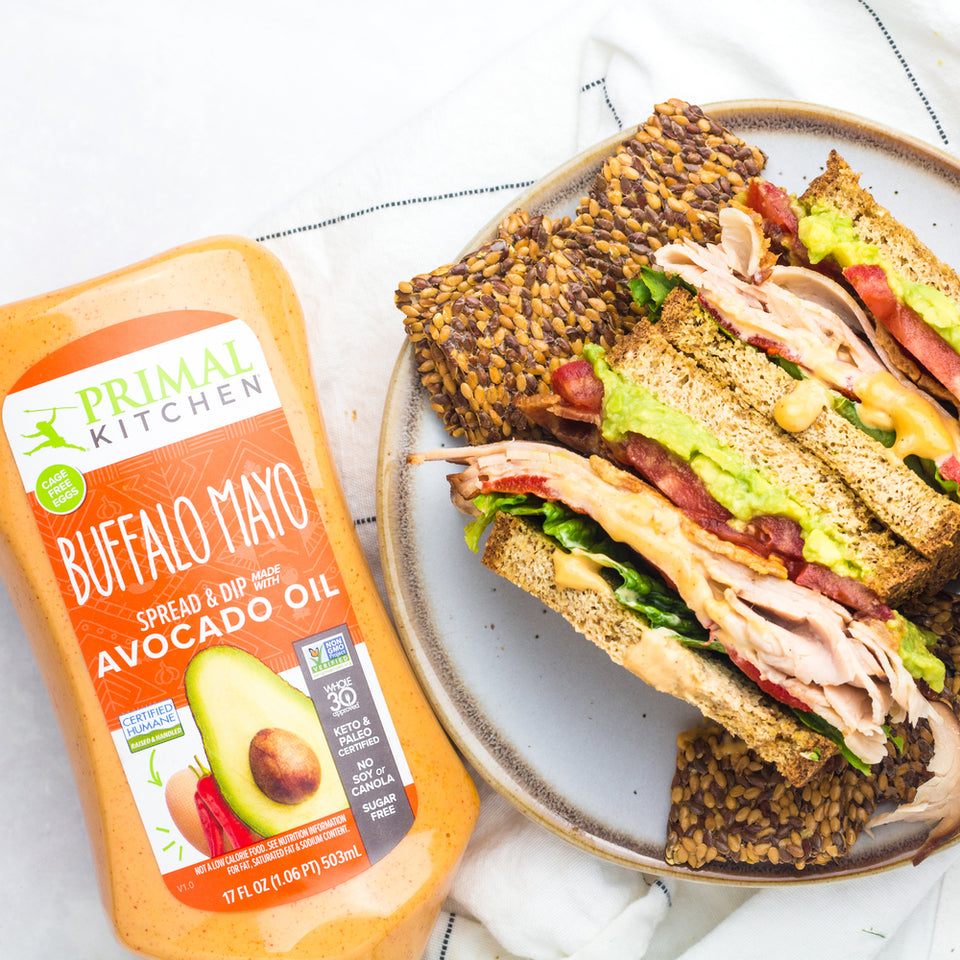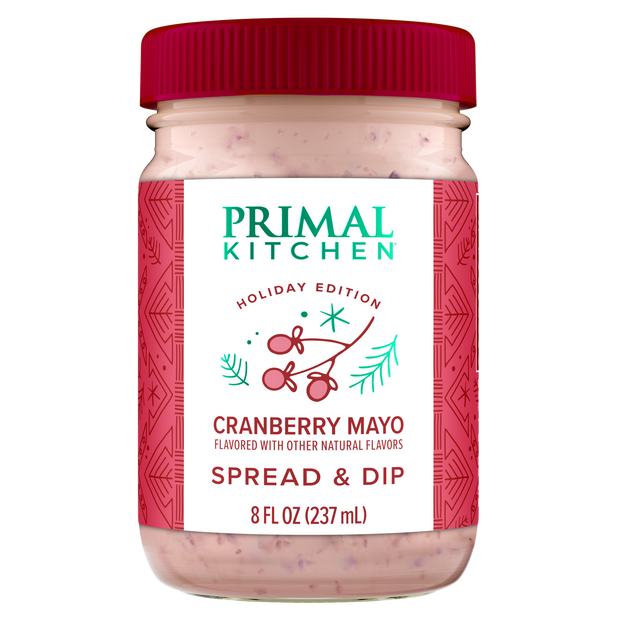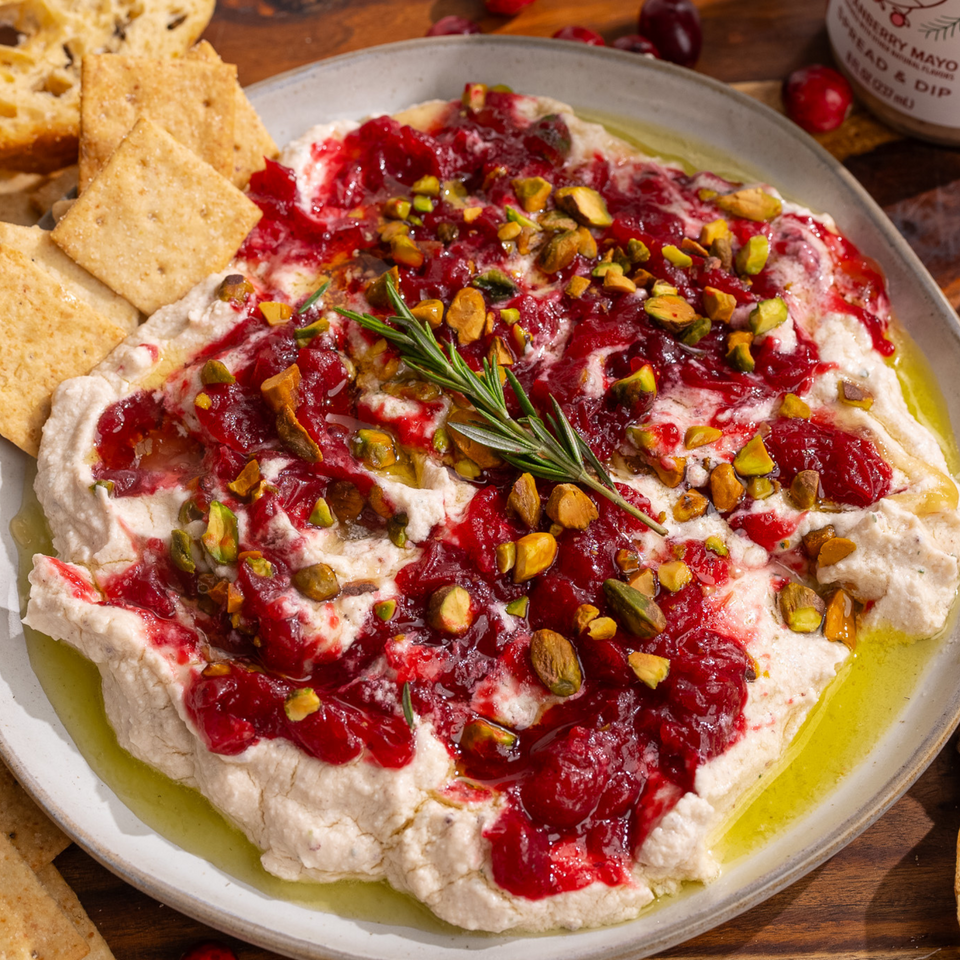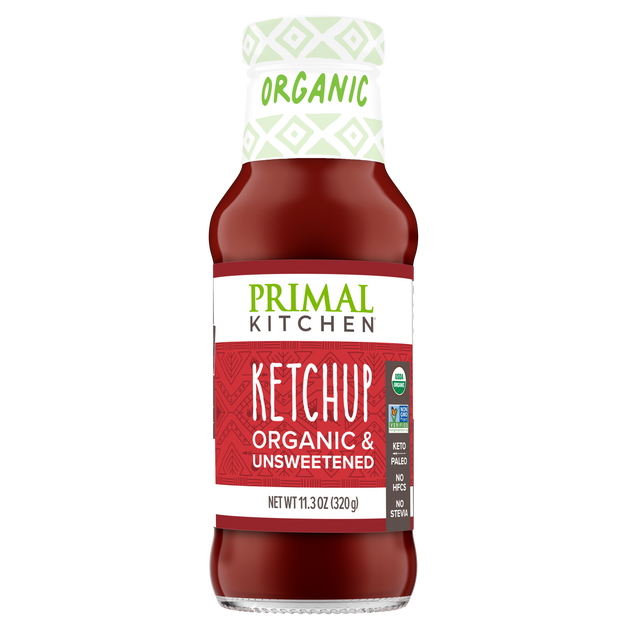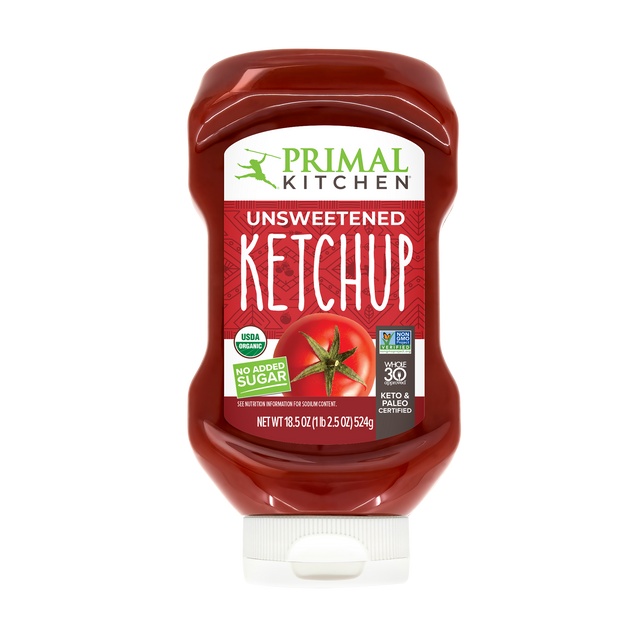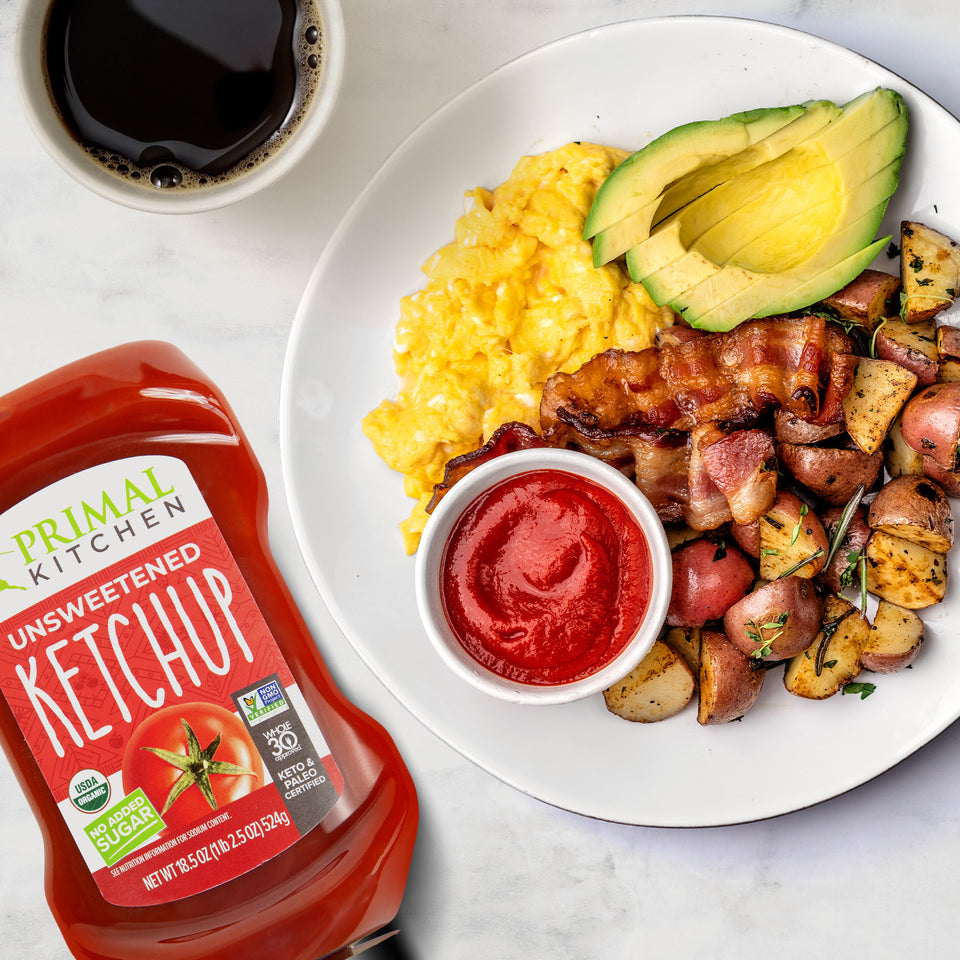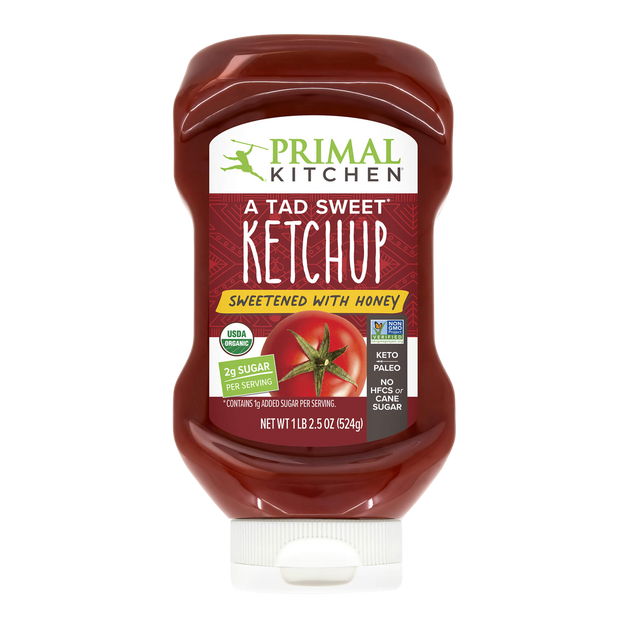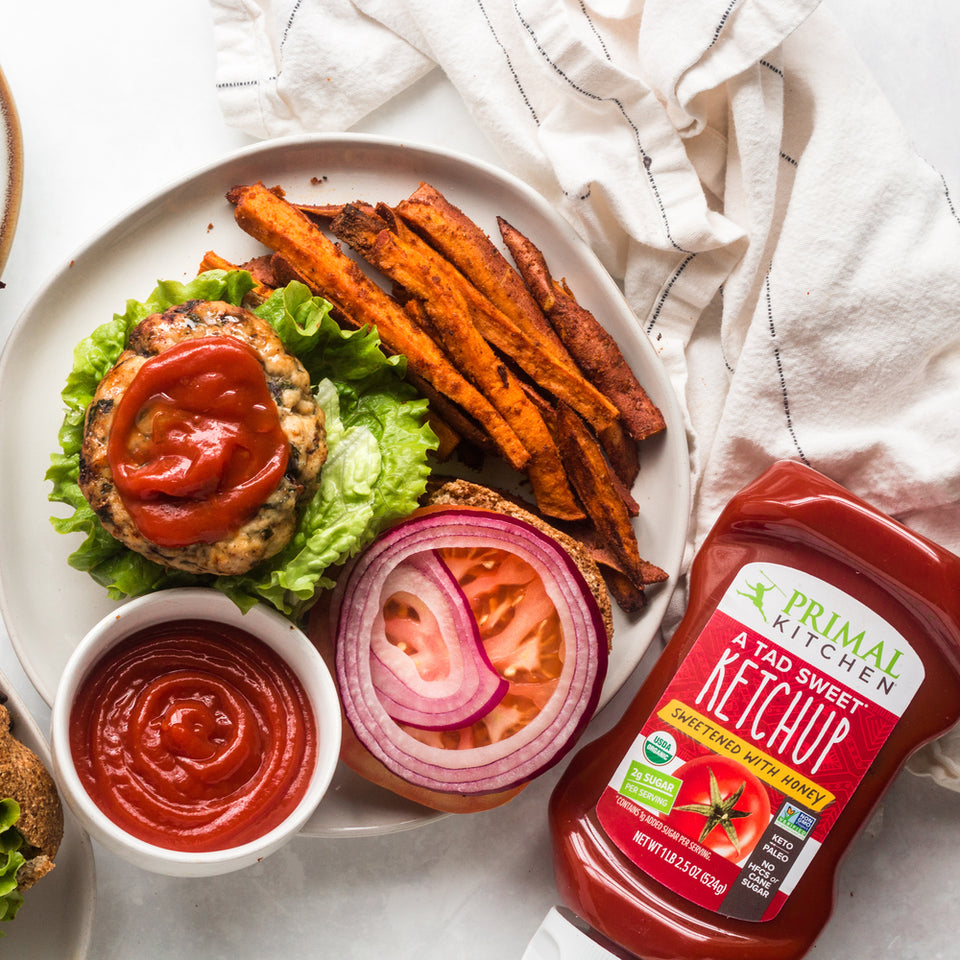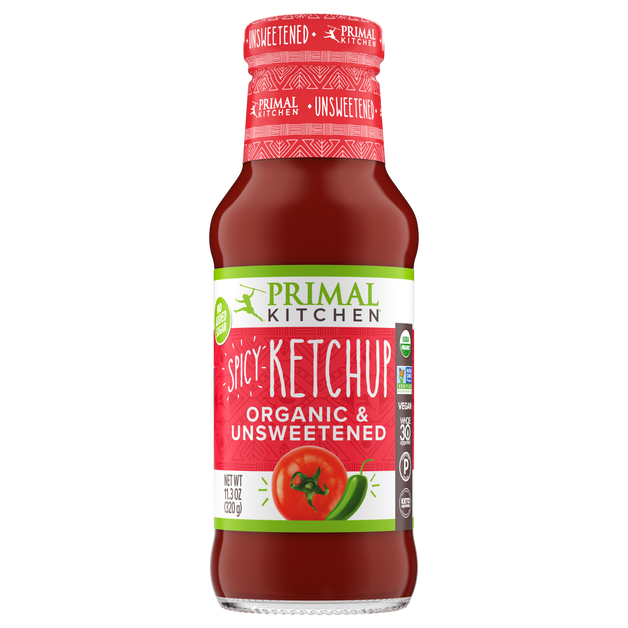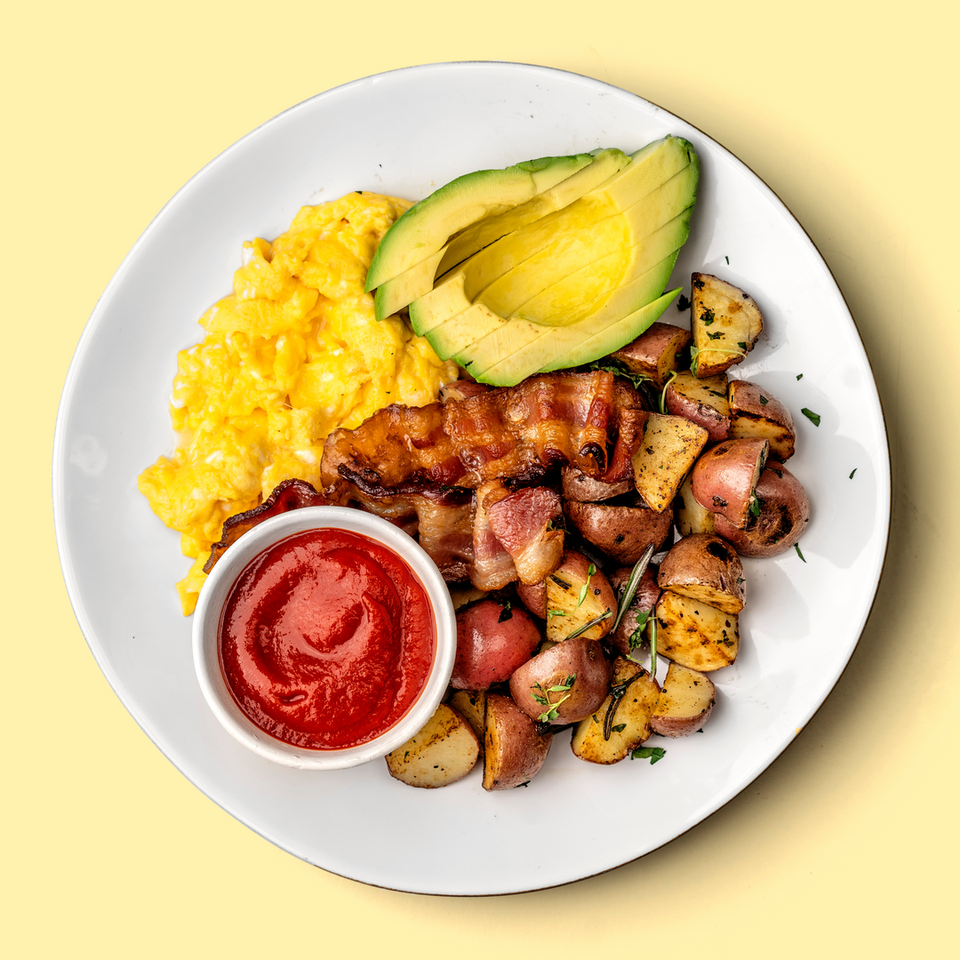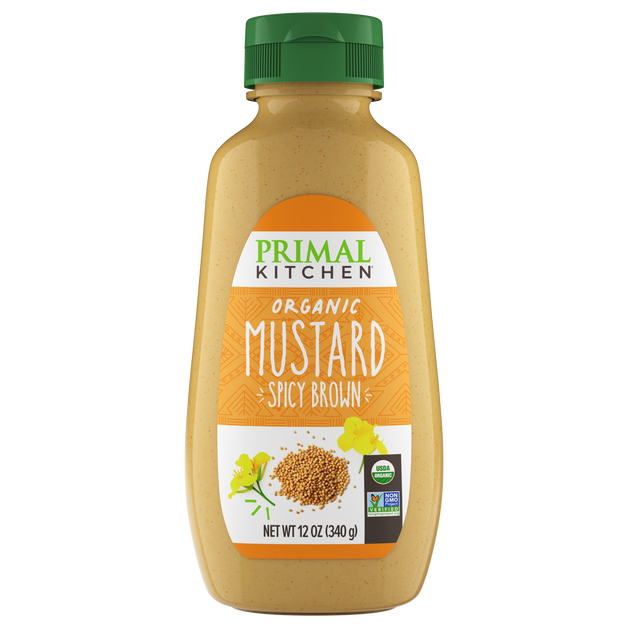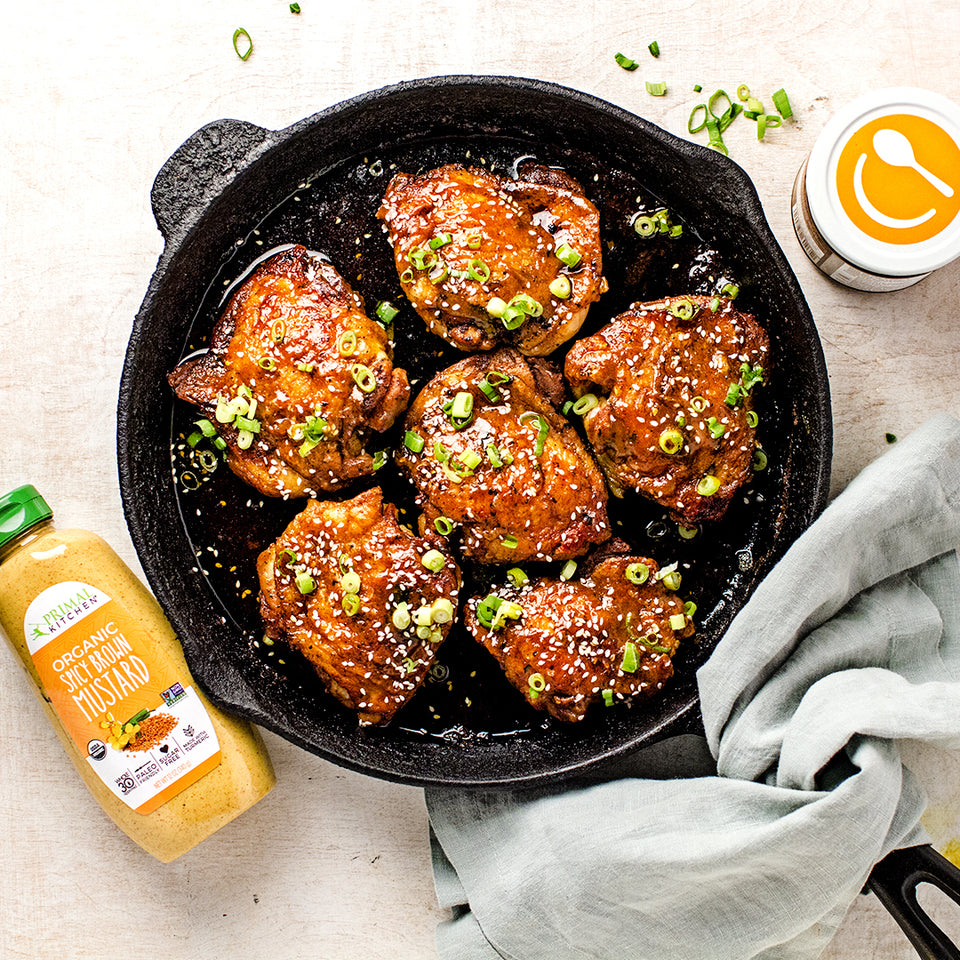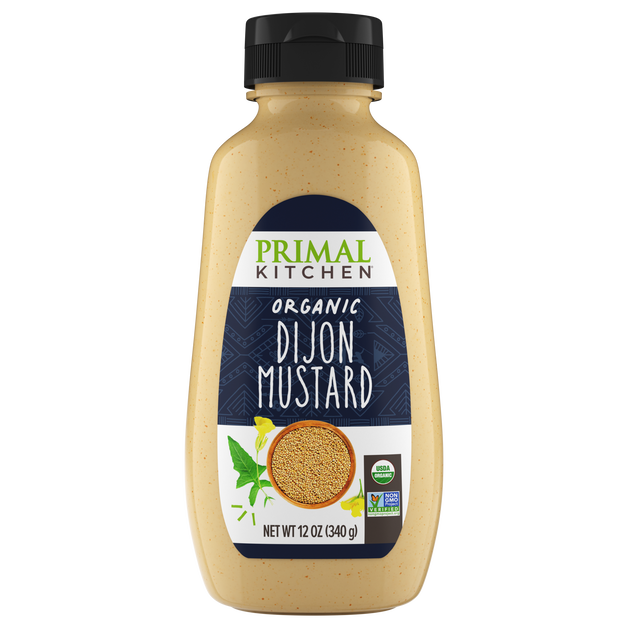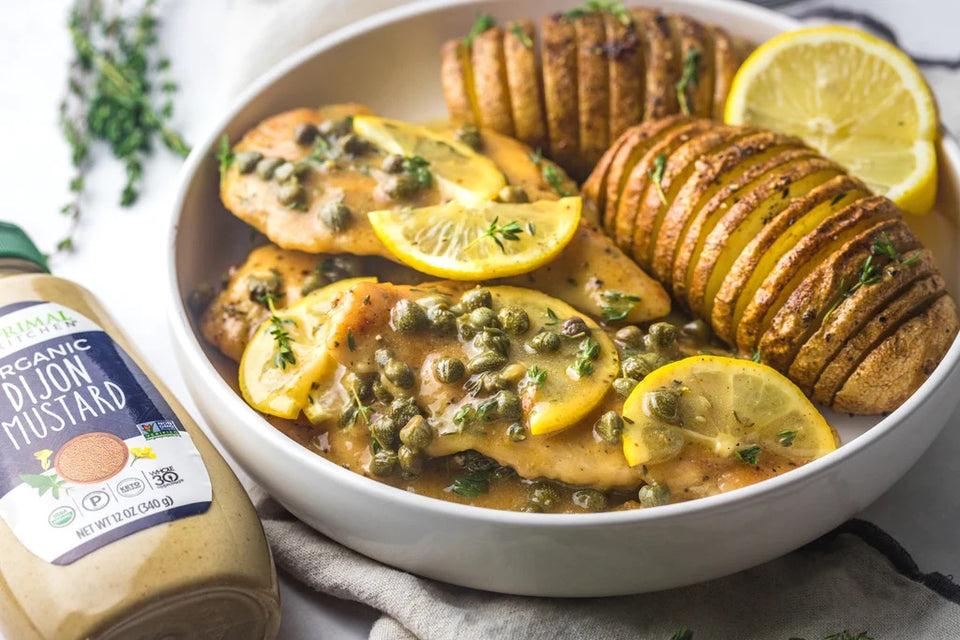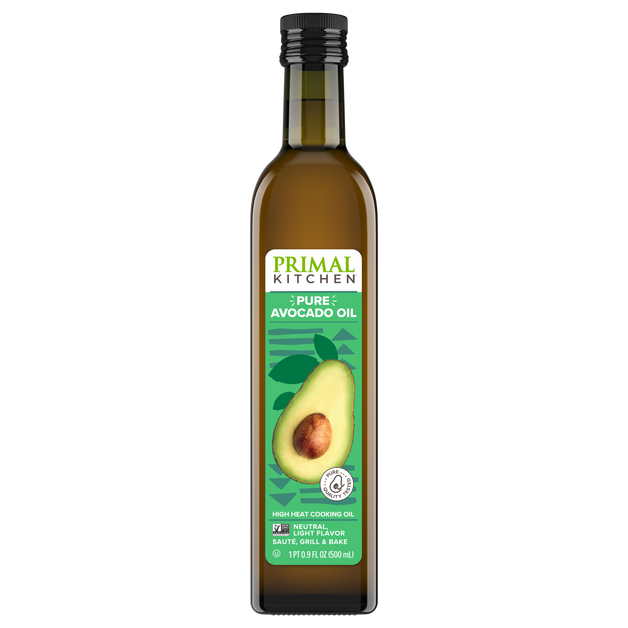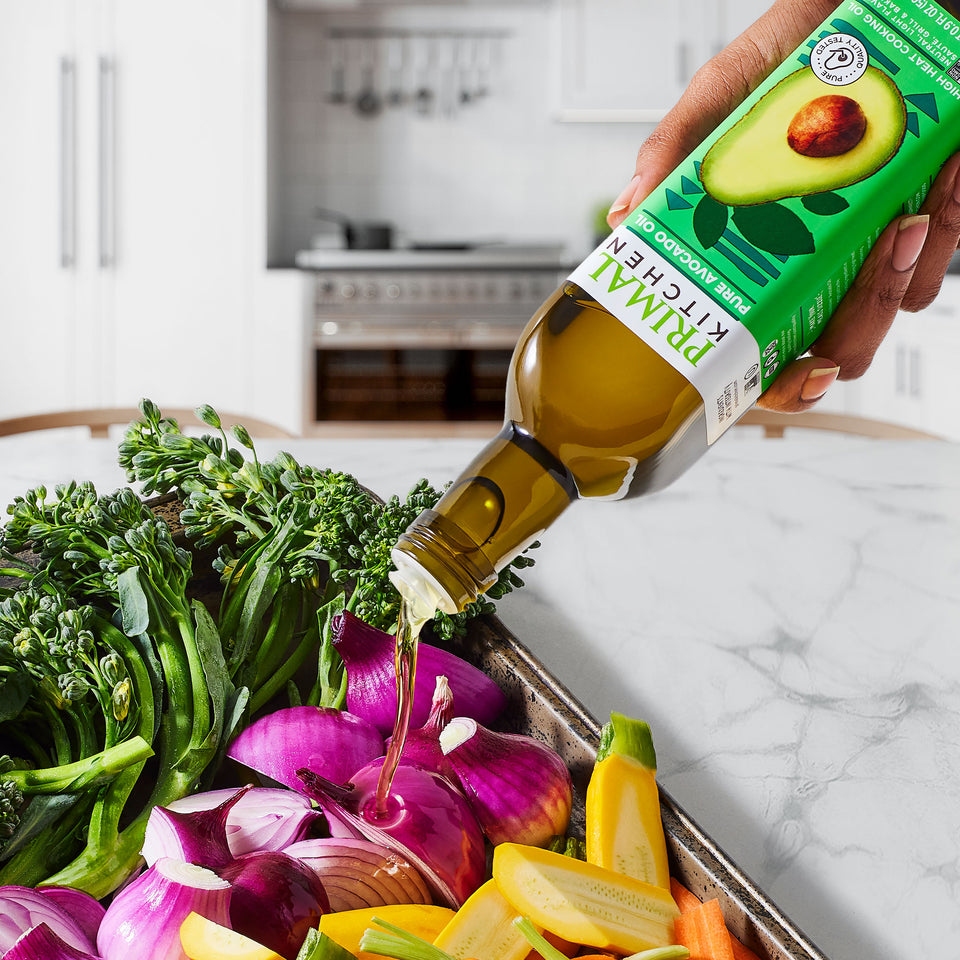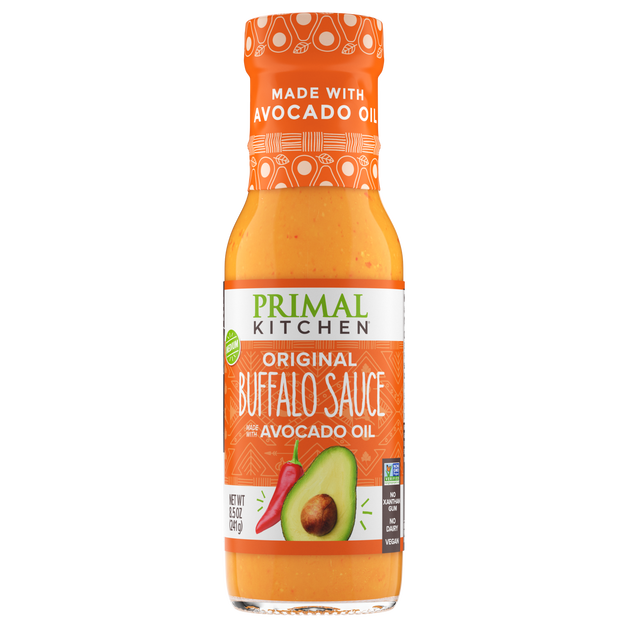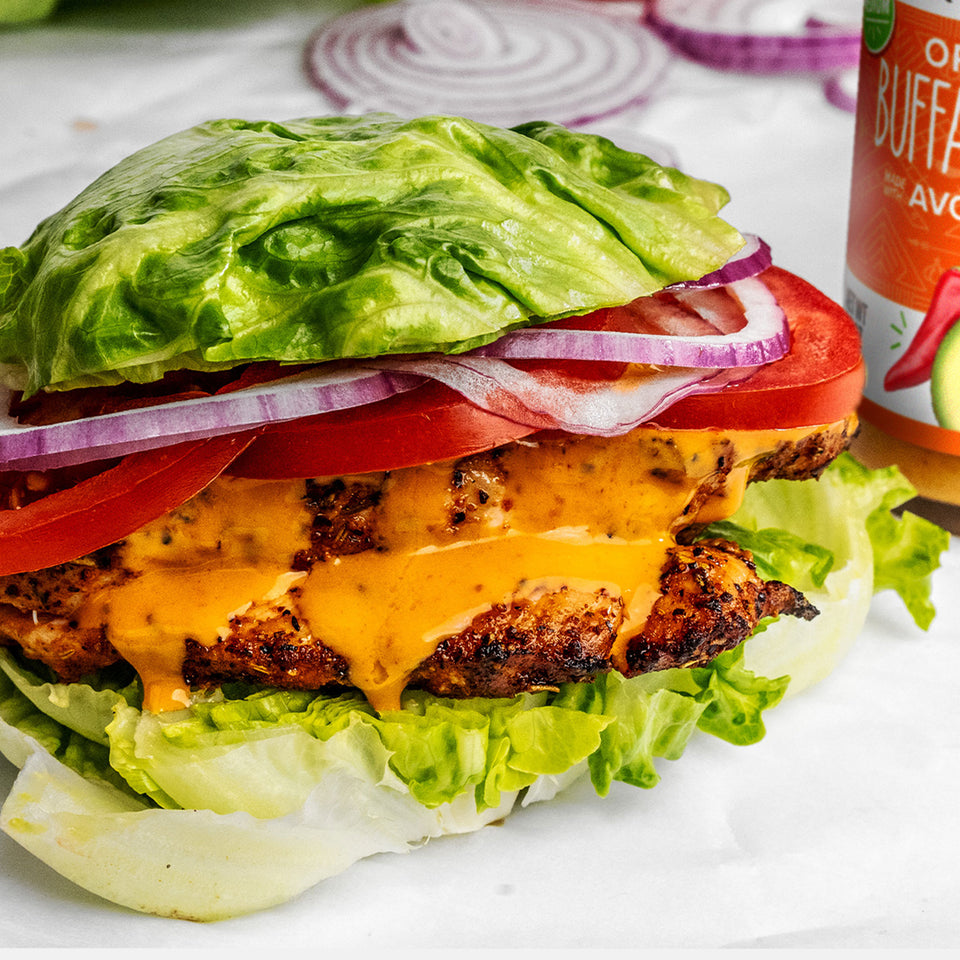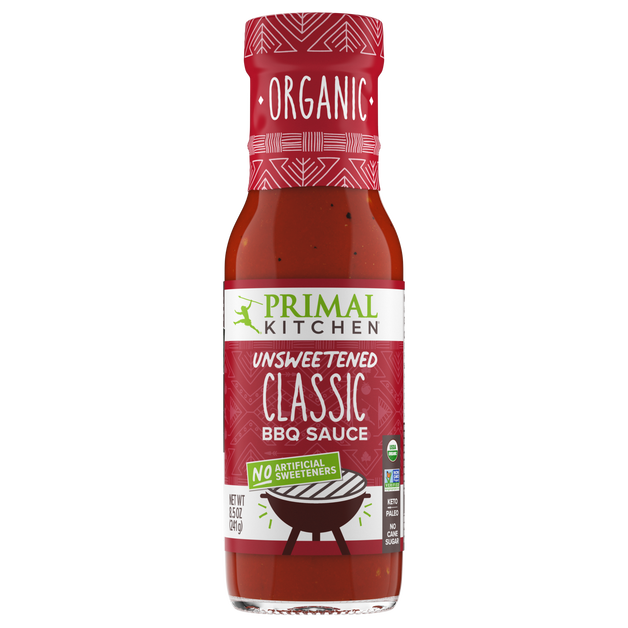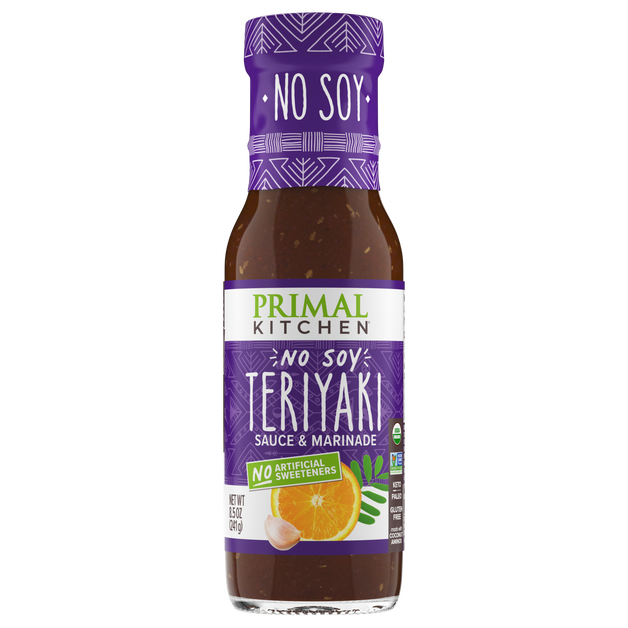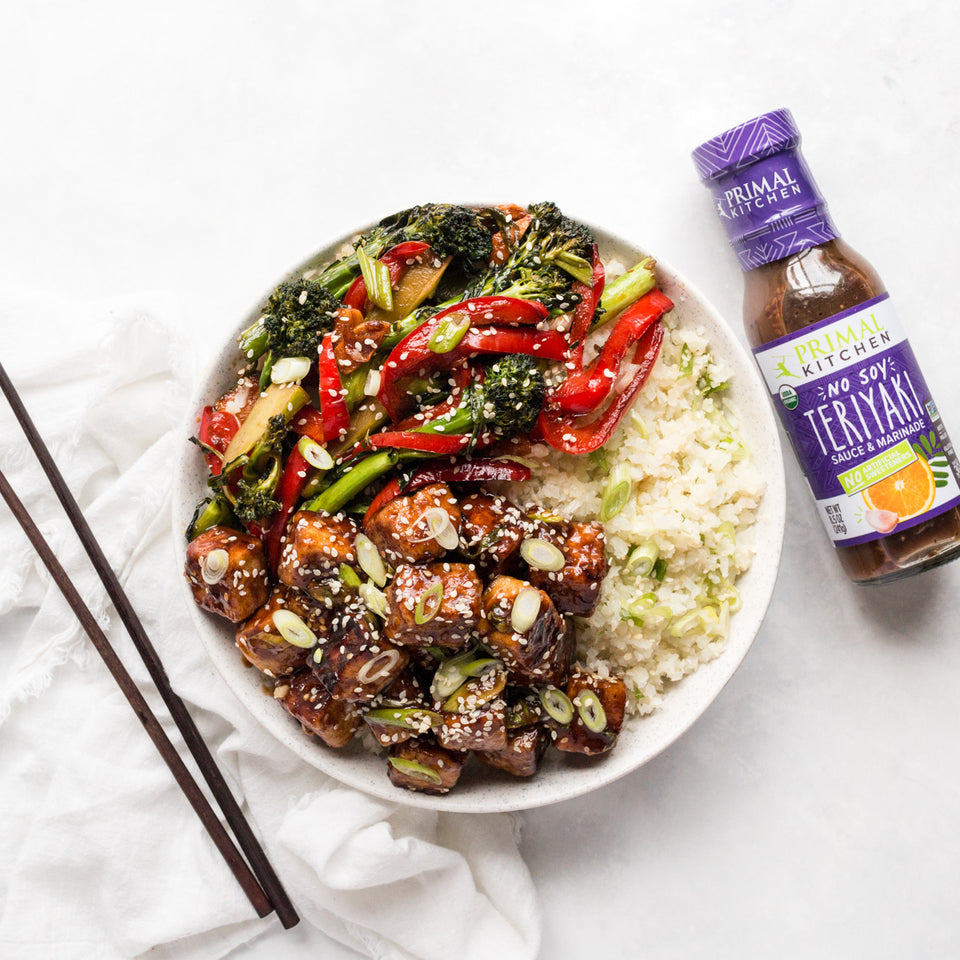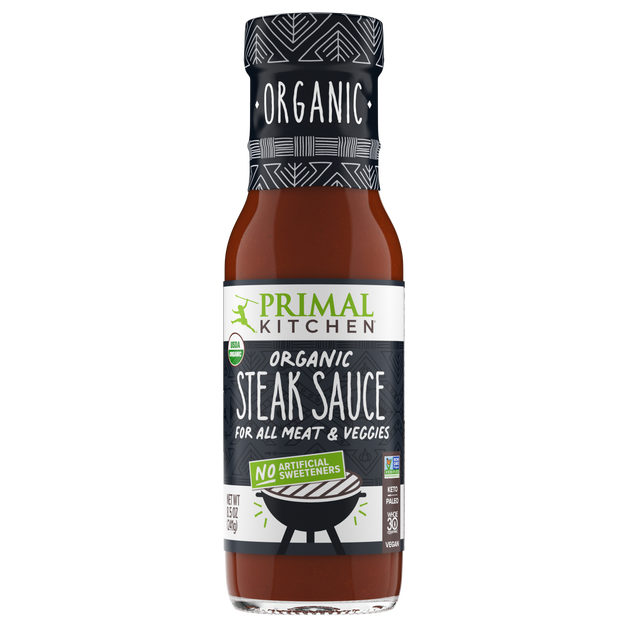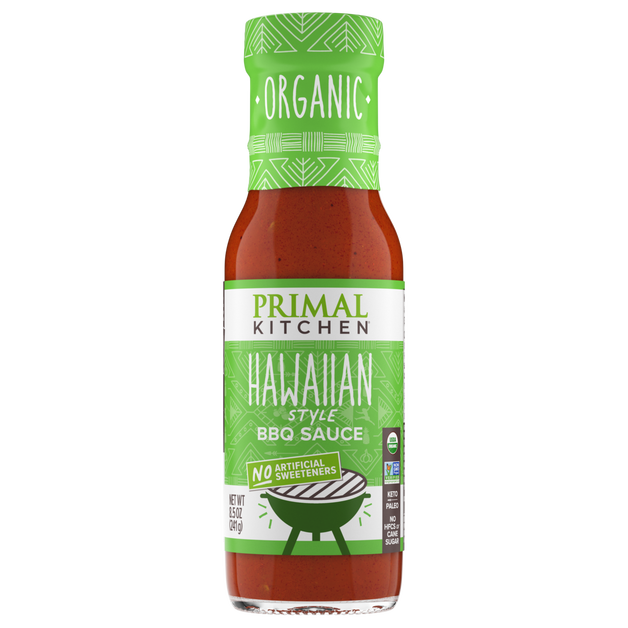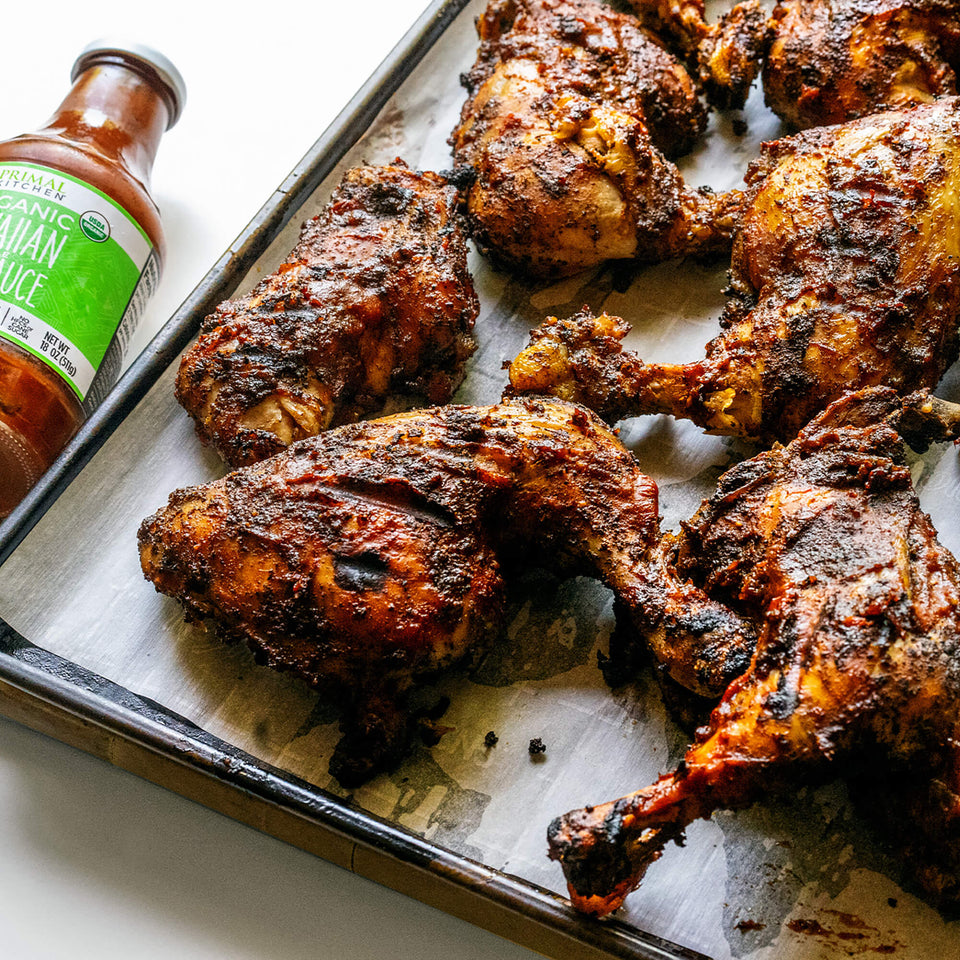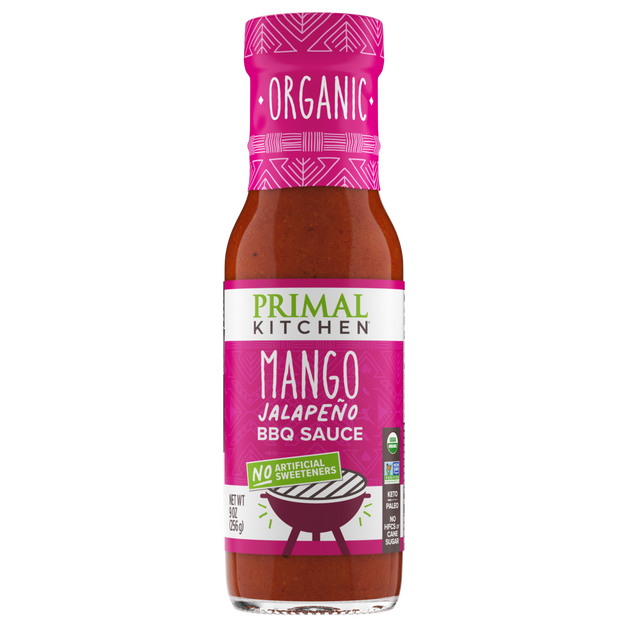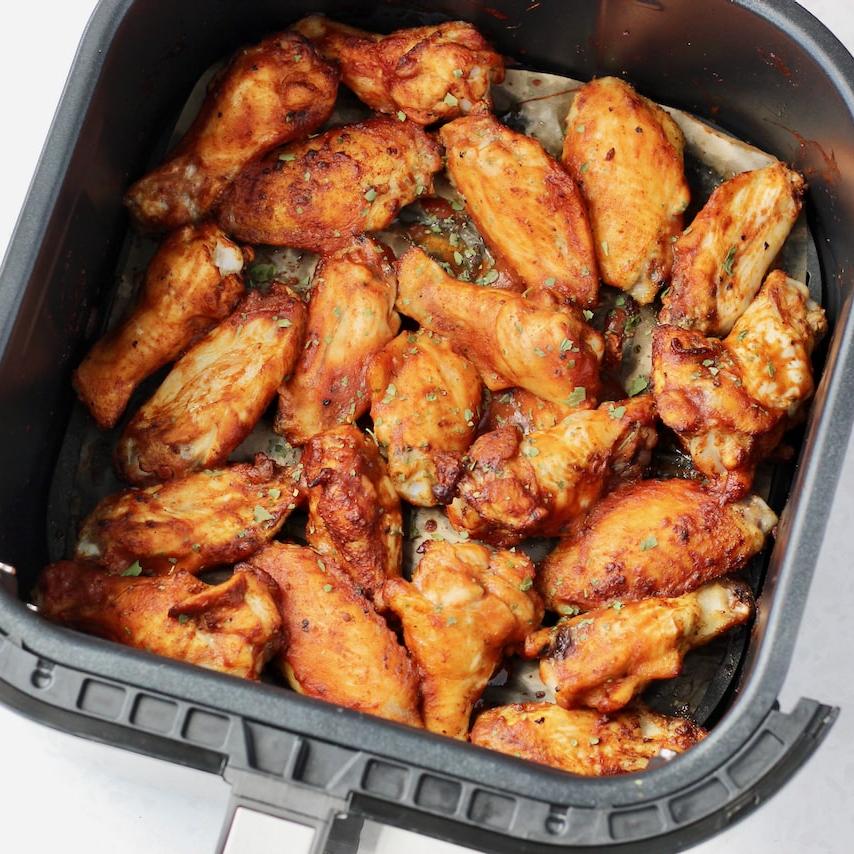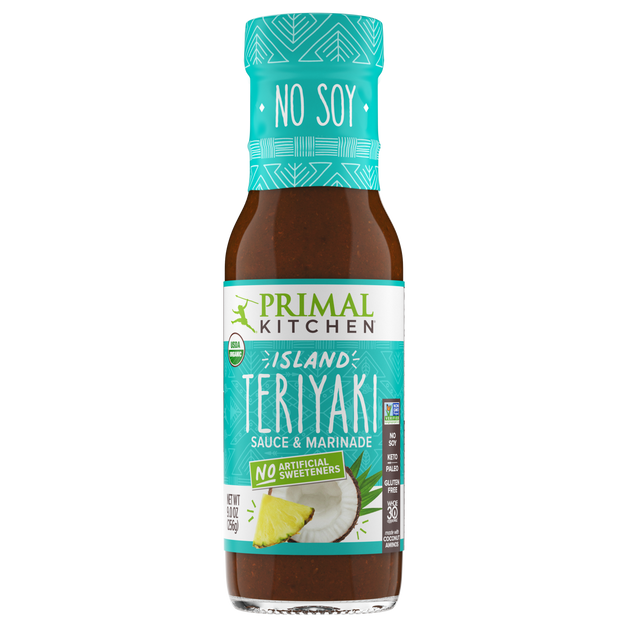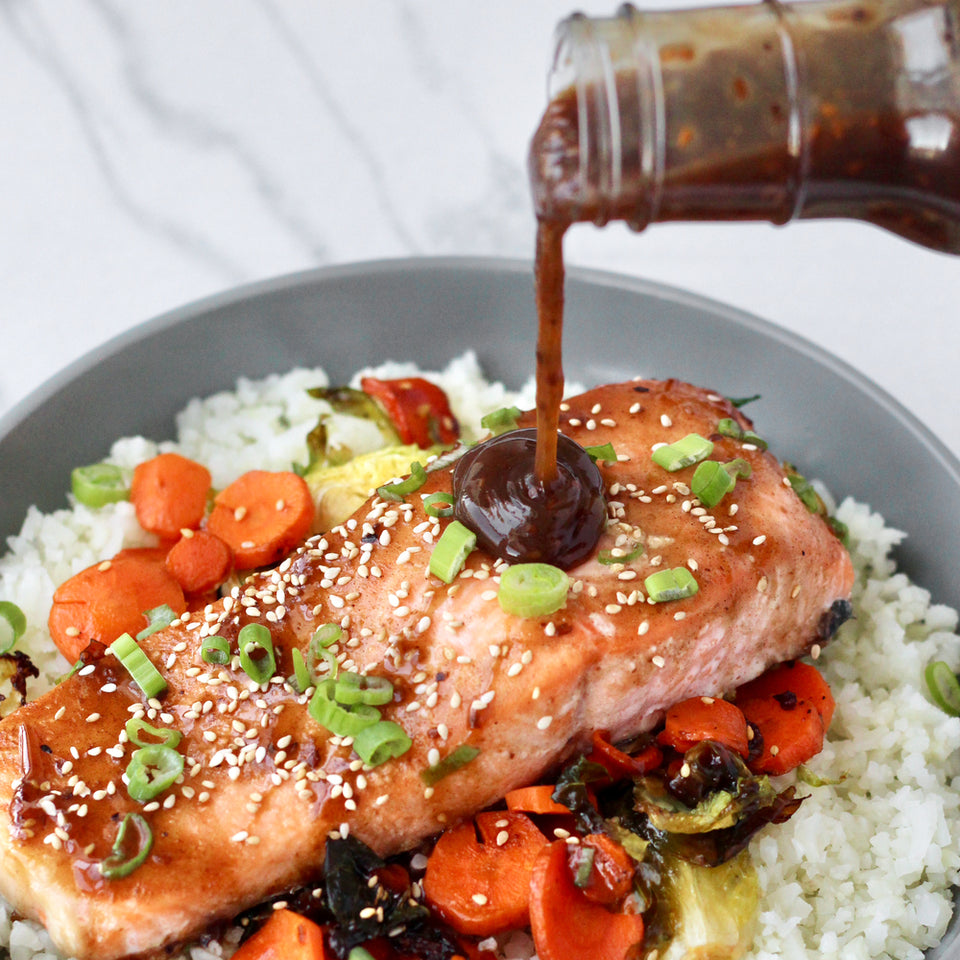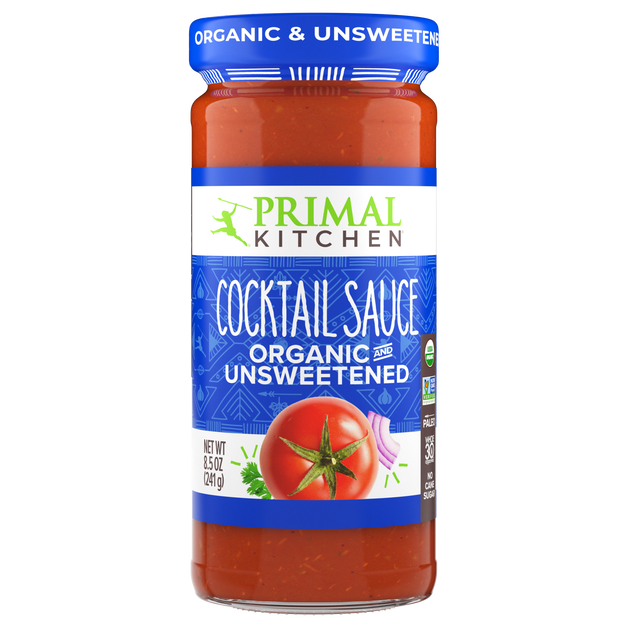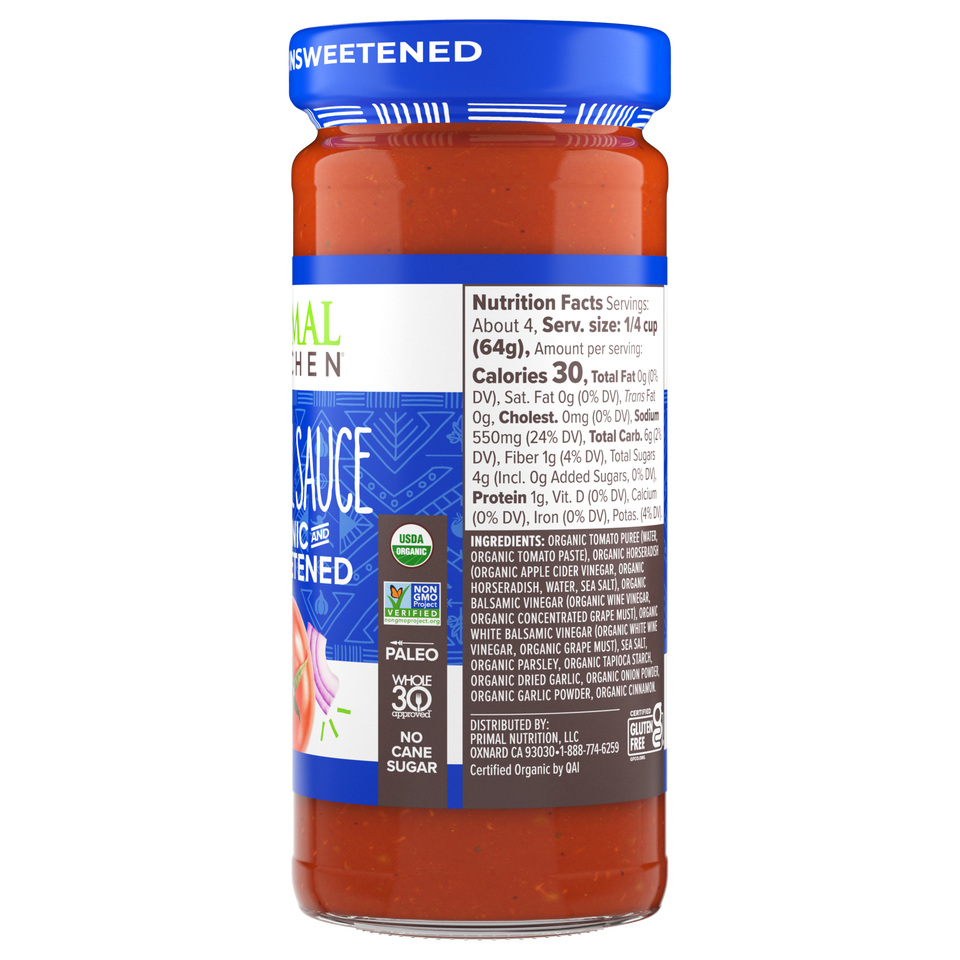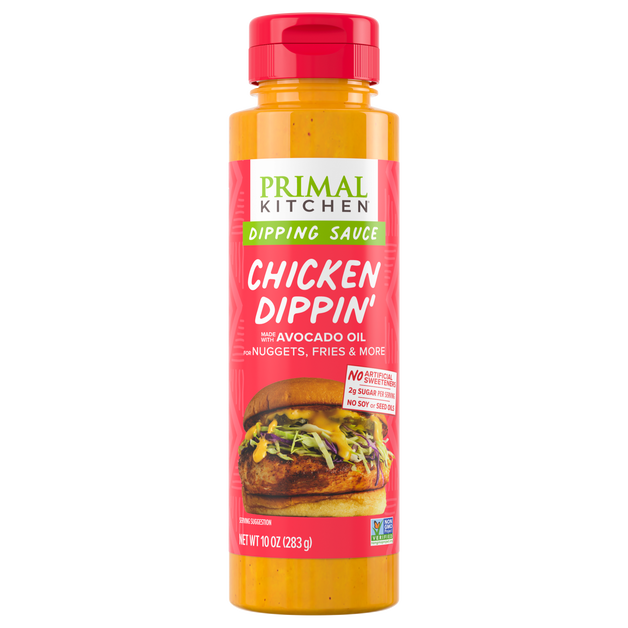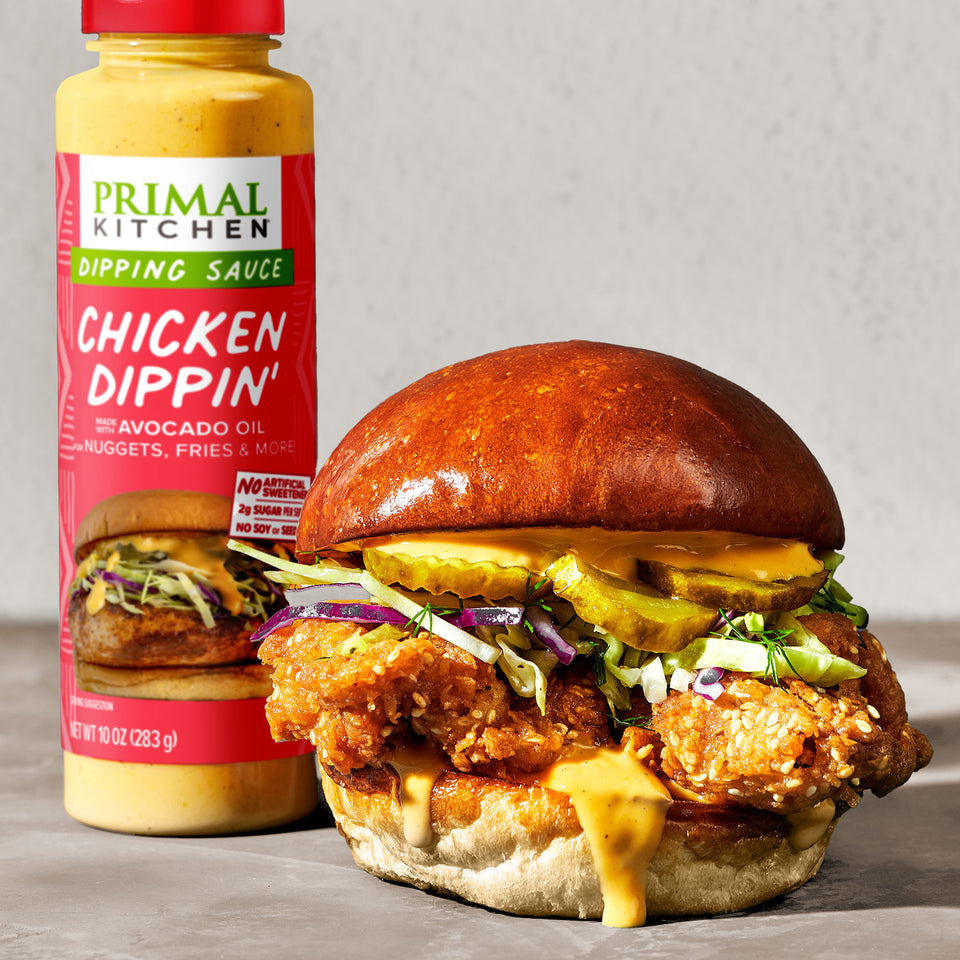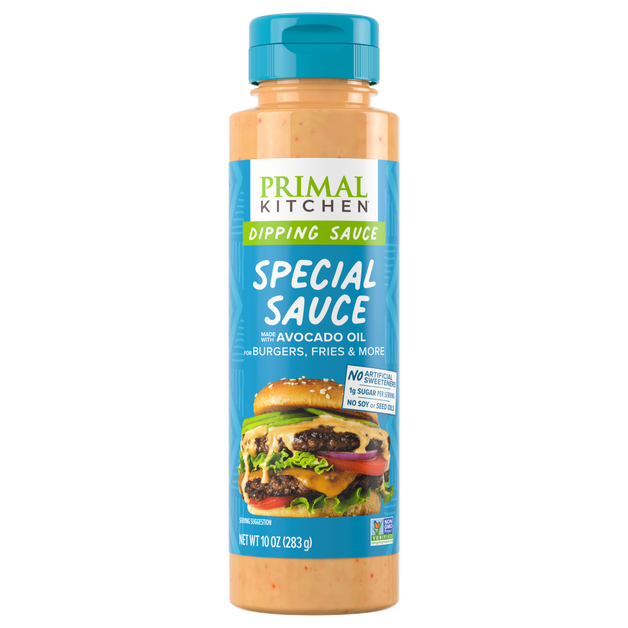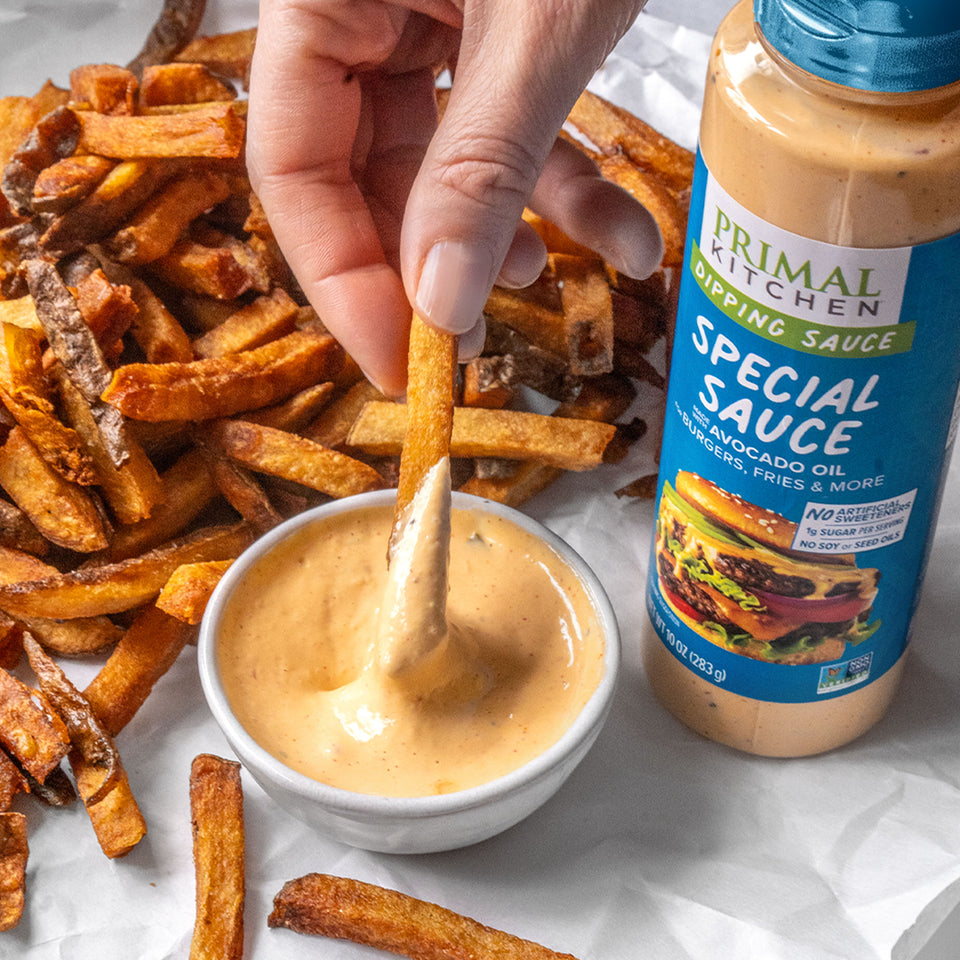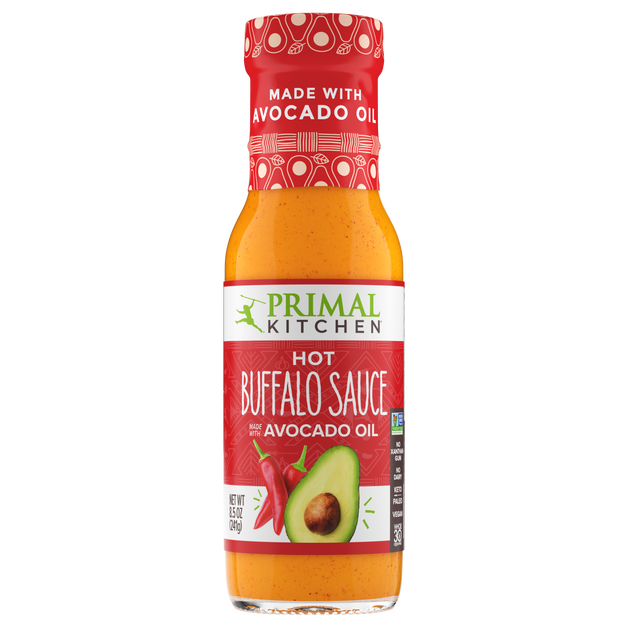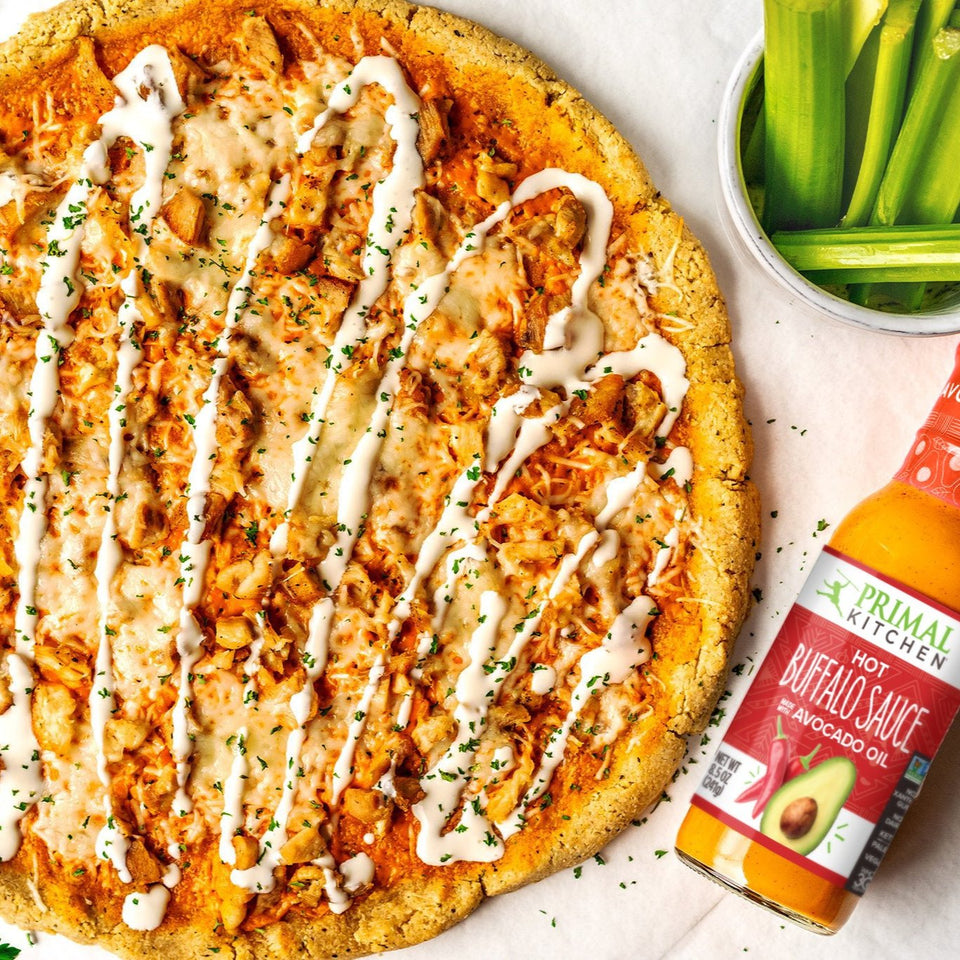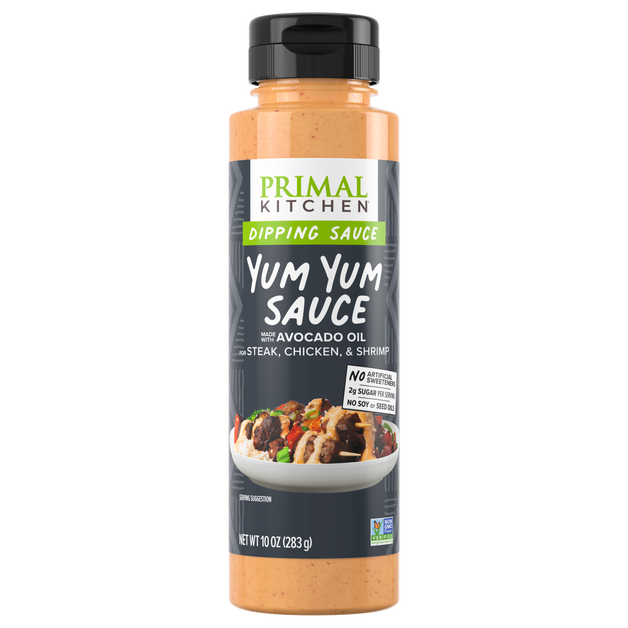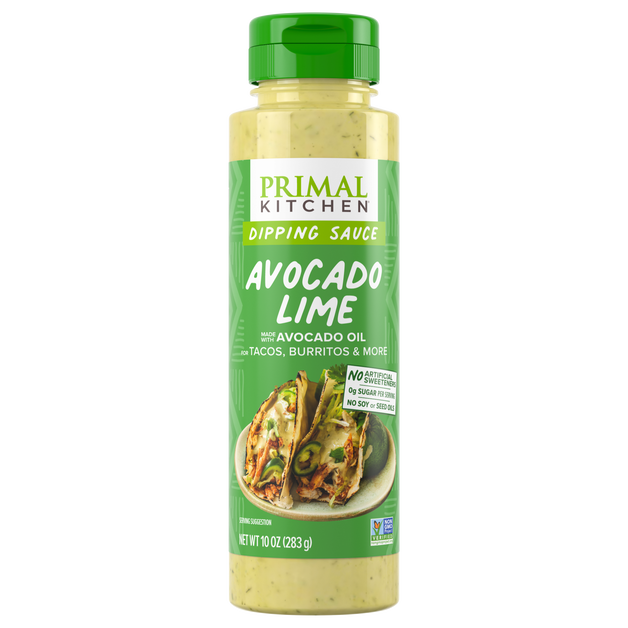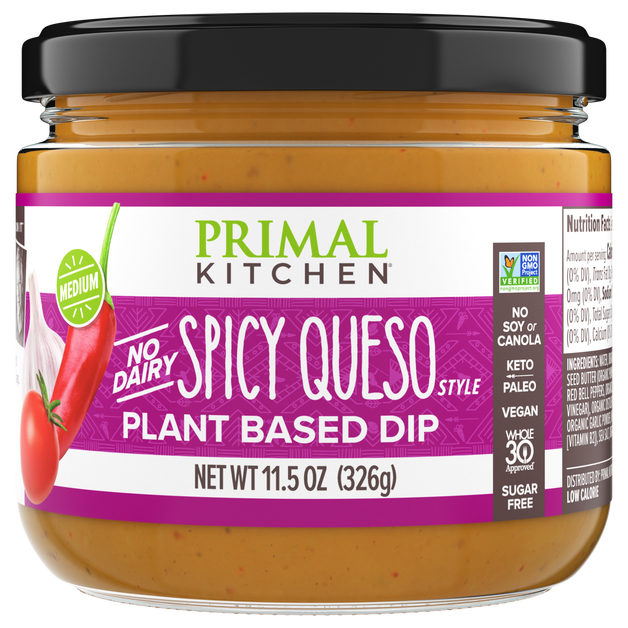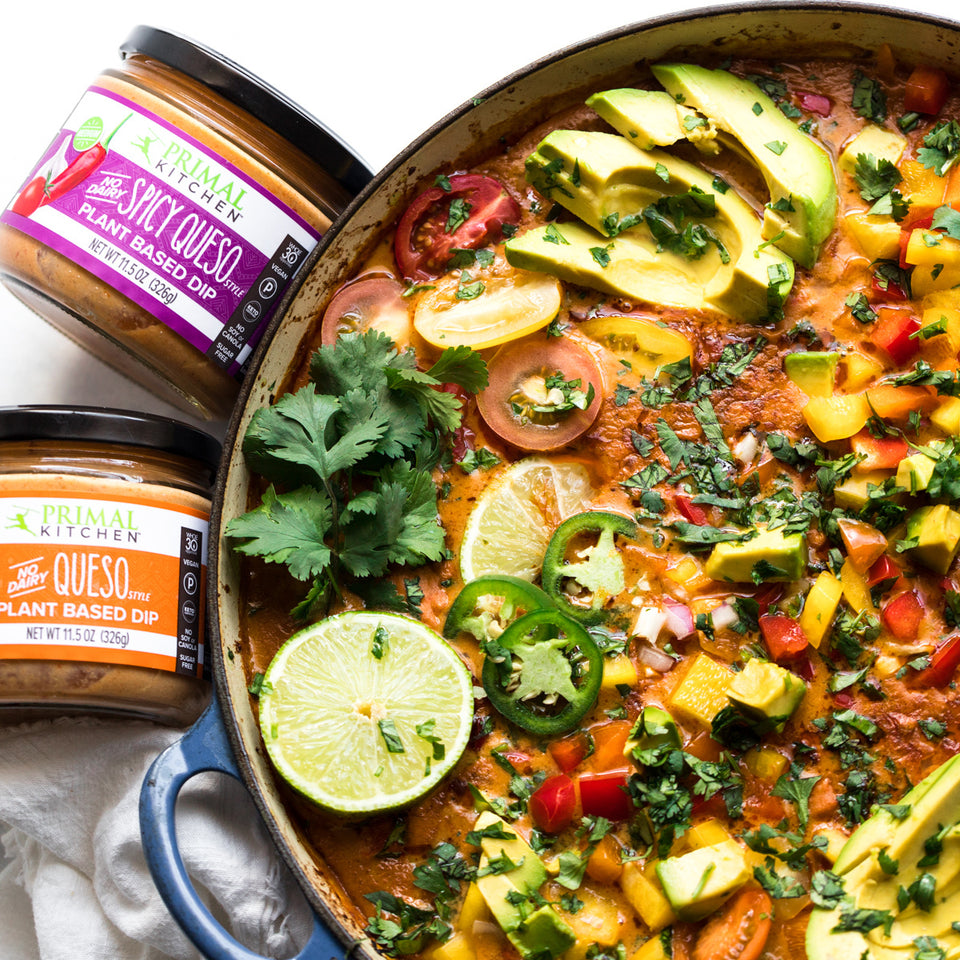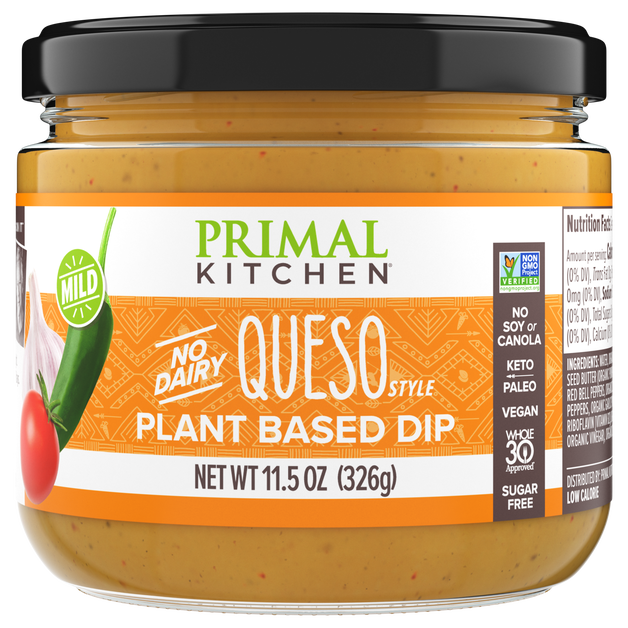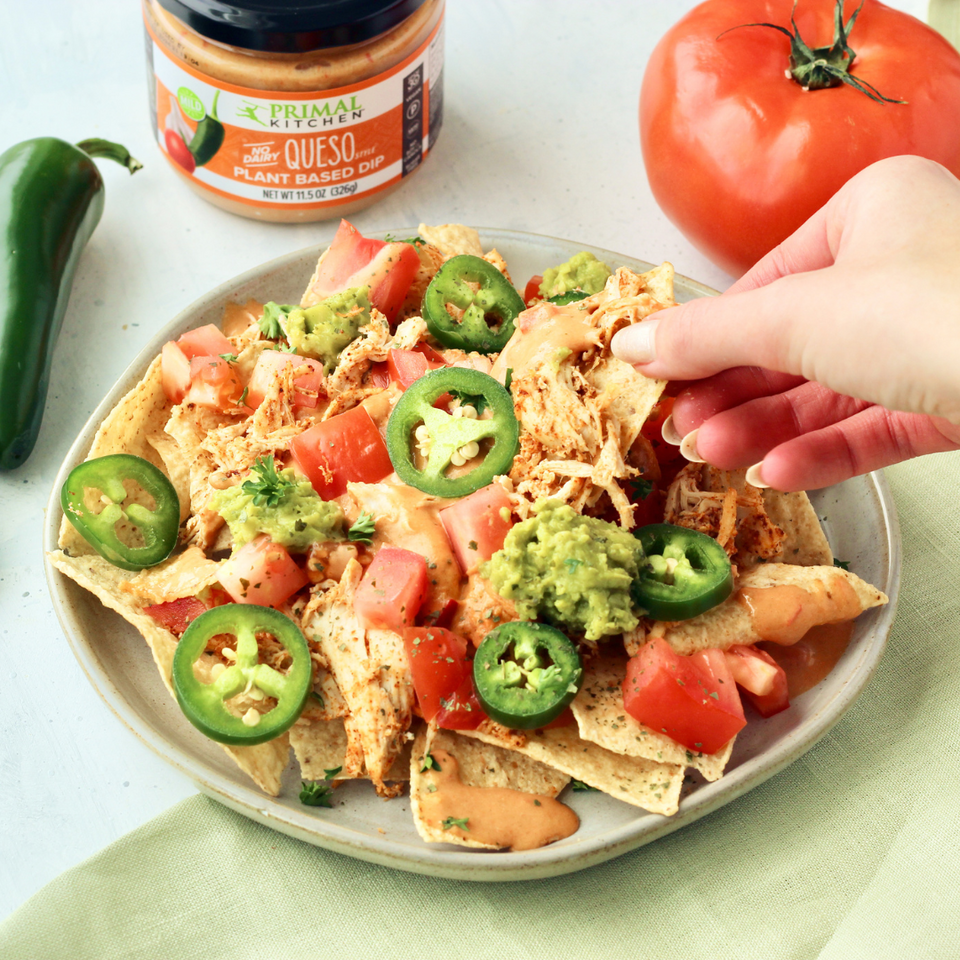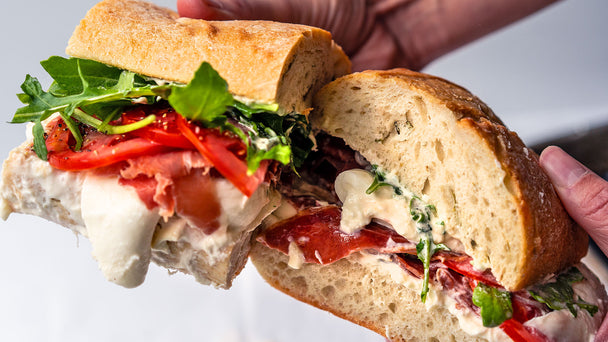Is plant-based just a fancy way to say you eat your greens, or is there something bigger going on? Whether you're already loading up on plant-based foods at the grocery store or you still wonder why everyone’s talking about oat milk like it’s liquid gold, there’s more to plant-based than you might realize.
Plant-based isn’t just a buzzword. It’s a lifestyle that's all about embracing real, delicious foods the way nature intended. Hungry for more? Let’s dig into what being plant-based really means and why it’s kind of a big deal.

What is Plant-Based Eating?
Let’s start with the basics. According to Merriam-Webster, the definitions of plant-based include “made or derived from plants” and “consisting primarily or entirely of food (such as vegetables, fruits, nuts, oils, and beans) derived from plants.”
Notice that it says primarily in there. That’s the key when it comes to plant-based eating. A plant-based lifestyle, aka a plant-based diet, primarily comprises food that comes from plants—but it may also include animal products. Think of it this way: Plants have a starring role and other foods (meats, dairy, eggs, honey, etc.) are the supporting players.
As for individual foods, there’s no hard and fast rule when it comes to labeling products as plant-based. As of mid-2024, the FDA does not regulate the “plant-based” label; however, they do provide guidelines for select plant-based foods.
Is Plant-Based the Same as Vegan?
Not necessarily, but some plant-based foods are also vegan. Plant-based simply means that most of a food or diet comes from plants. A plant-based dish may contain dairy or even meat, but the majority of the ingredients should be derived from plants. The same goes if you have a plant-based lifestyle: basically, eat more plants.
Someone who follows a plant-based diet (keep in mind we’re using “diet” here in the broader sense of what you eat, not a weight-loss plan) can potentially be vegetarian or vegan, but they could also eat an abundance of plants and include some meat or dairy. It’s like those logic problems you solved in fourth grade: All vegans eat plant-based, but not all plant-based eaters are vegan.

What Do You Eat on a Plant-Based Diet?
Now that you know the definition of plant-based eating, it’s time to get down to the nitty-gritty: what’s included. If you’re thinking that plant-based eaters are stuck with bowls of dry, boring greens, prepare to be surprised. Plant-based eating includes a wide variety of real foods, such as:
- Vegetables: All veggies are included, from Brussels sprouts and kale to carrots, potatoes, and eggplant.
- Fruits: Fresh or dried, all fruits fit the bill.
- Nuts and seeds: Eaten whole, used as an ingredient, or ground into flour, nuts, and seeds are often staples of a plant-based lifestyle.
- Legumes: Beans, peas, and other starchy foods in this category can help add protein to a plant-based diet.
- Roots and sprouts: All parts of the plant are considered plant-based, including ones often overlooked.
- Whole grains: All grains are plant-based, but many plant-based eaters prefer whole grains over their stripped-down and refined counterparts.
- Herbs and spices: These help add flavor to other plant-based foods.
So, what about heavily processed foods like plant-based “meats” or fruit jam with a bunch of cane sugar added? Technically, foods like these are considered plant-based. However, they’re not exactly the types of food our early ancestors would’ve eaten. Or even considered food.
A plant-based Primal diet mainly includes whole, minimally processed ingredients that can be eaten alone or combined to make delicious recipes. While some heavily processed foods are plant-based, we prefer a “whole foods plant-based diet” focused on real, actual foods like vegetables and fruits. These whole foods can be accented with condiments, sauces, and spices—we’ll get to that later.

Which Primal Kitchen Products Are Plant-Based?
If you didn’t skim over that first section of this blog (no judgment), you know that plant-based living is a bit more flexible than strict vegan or vegetarian diets. Plant-based allows for moderate amounts of animal products and dairy in the diet, with a focus on foods that come from plants.
That means ALL Primal Kitchen products can be part of a plant-based lifestyle. Our products aren’t just made with real-food ingredients you can trust, they’re also made for the real foods you love—many of which are plant-based.
Toast cauliflower in your air fryer and dip in any of our Buffalo Sauce varieties (mild, original medium, or hot). Drizzle salads with our delectable dressings, dip raw veggies, or marinate carrots and sweet potatoes before cooking to seal in flavor. Even our creamy avocado oil mayo made with cage-free eggs, our collagen, and our whey protein can be part of a plant-based diet unless you are completely eliminating animal products.
Prefer to eat plant-based and vegan? Look for “Vegan” on our product labels to ensure that animal products such as dairy or honey are not included.
Tips For Starting a Plant-Based Diet
If you have picky littles or you think kale and carrots are rabbit food, you might be wondering how to eat more vegetables without feeling deprived. Here are a few of our favorite hacks for reducing animal products and adding more plant-based foods to your diet:
- Take It Slow: Don’t try to quit cold turkey (pun intended). If you typically consume a lot of meat, eggs, cheese, and other animal products, slowly reduce them rather than eliminating everything at once.
- Follow the 50/30/20 Rule: When you’re first getting started with plant-based meals, aim for 50% of your plate to be whole veggies, 30% legumes or grains, and 20% protein (meat or otherwise).
- Focus on Power Foods: Be thoughtful about your meat and dairy choices. Keep those that offer vitamins, antioxidants, and minerals your body needs rather than low-nutrient options.
- Look for Good Fats: Not all fats are created equal. Cook with oils that contain monounsaturated “good” fats, like avocado oil and olive oil.
- Beef Up Your Base (Minus the Beef): Use whole grains such as quinoa or oats, legumes like peas and beans, or nuts as a filling base for protein bowls, cold salads, and even baked goods.
- Swap Sweets for Fruit: Have a sweet tooth? Stock your fridge with nature’s candy for a quick snack.
- Consider Supplements: Not getting all your vitamins and minerals? Boost your vitamin D with Primal Sun or support your metabolic processes with Master Formula, a high-potency multivitamin containing 53 nutrients.*

Plant-Based Meal Plan
Still not sure how you can rock a plant-based diet all day long? Check out these easy plant-based recipes for every meal. (Remember, a plant-based diet can include some non-plant ingredients if you choose!)
Plant-Based Breakfasts:
Plant-Based Lunches:
Plant-Based Dinners:
Eat More Plants
Now that you’ve seen how flexible a plant-based lifestyle can be, you’re ready to dig in! Don’t be afraid to start slowly and work toward an eating plan that works for you. Whether you’re going full-bore herbivore or you’re simply wanting to work more fruits and veggies into your diet, plant-based eating can be a fulfilling (and also filling!) way to work toward your overall wellness goals.
*This statement has not been evaluated by the Food and Drug Administration. This product is not intended to diagnose, treat, cure, or prevent any disease.
